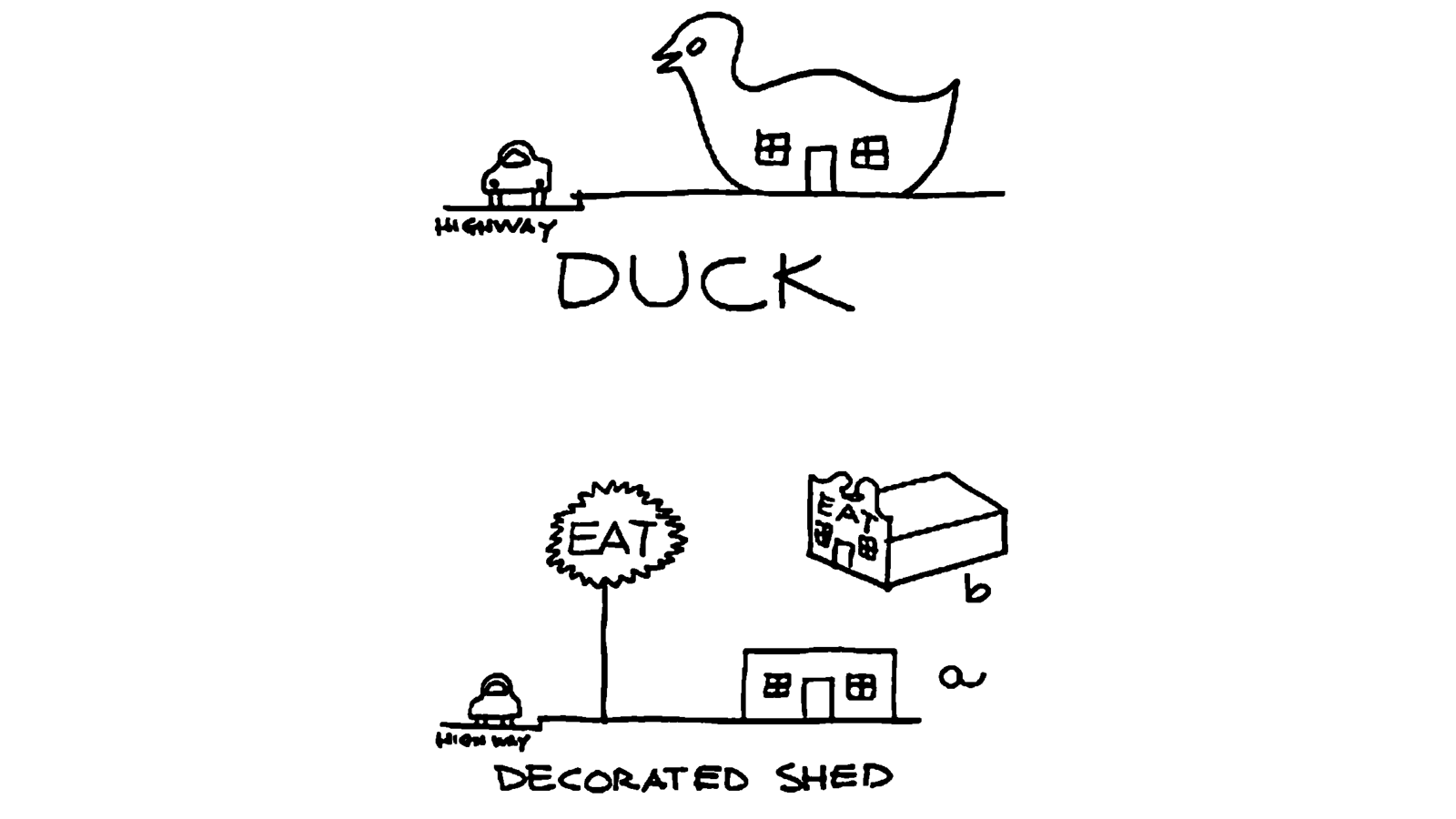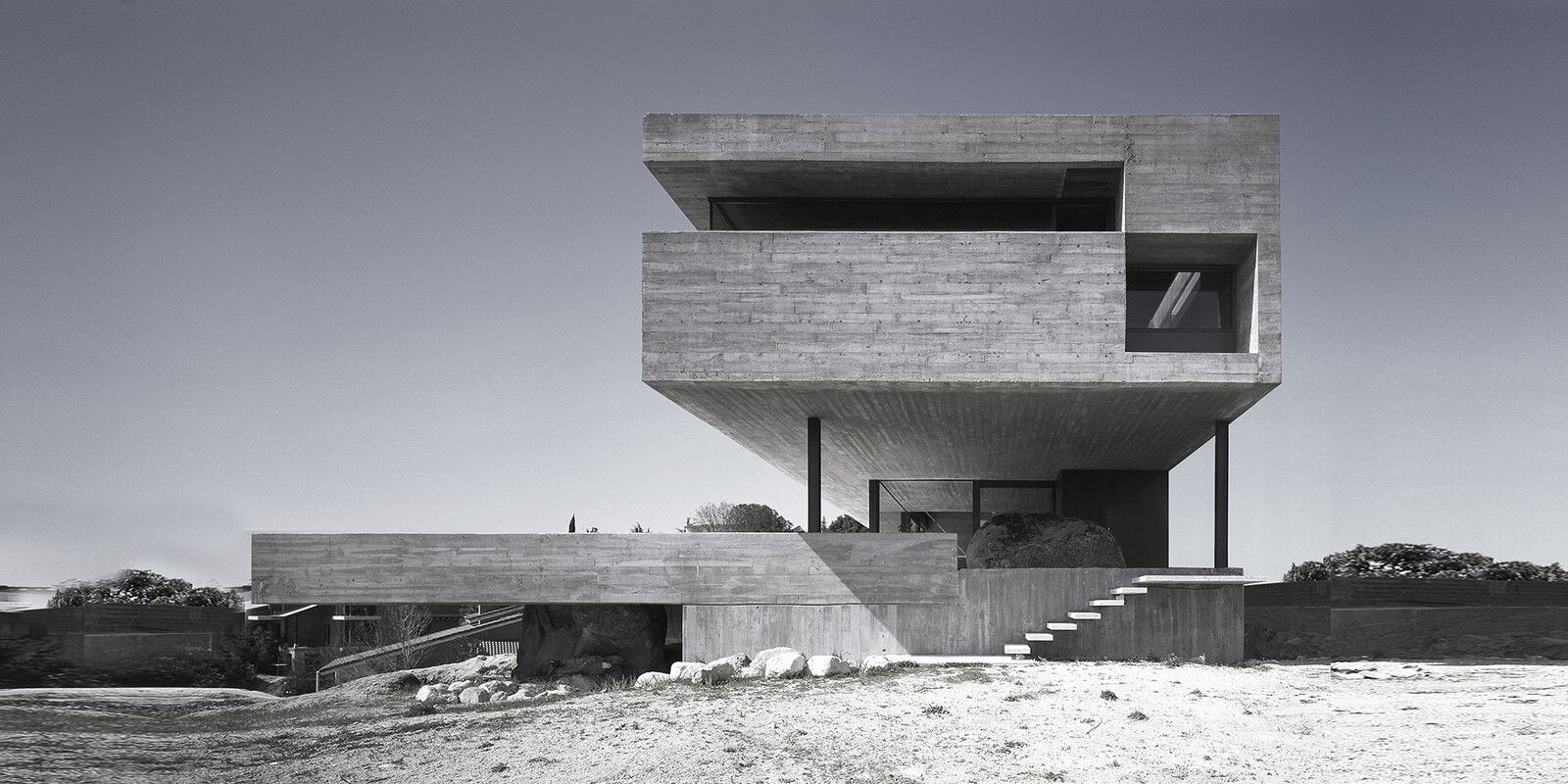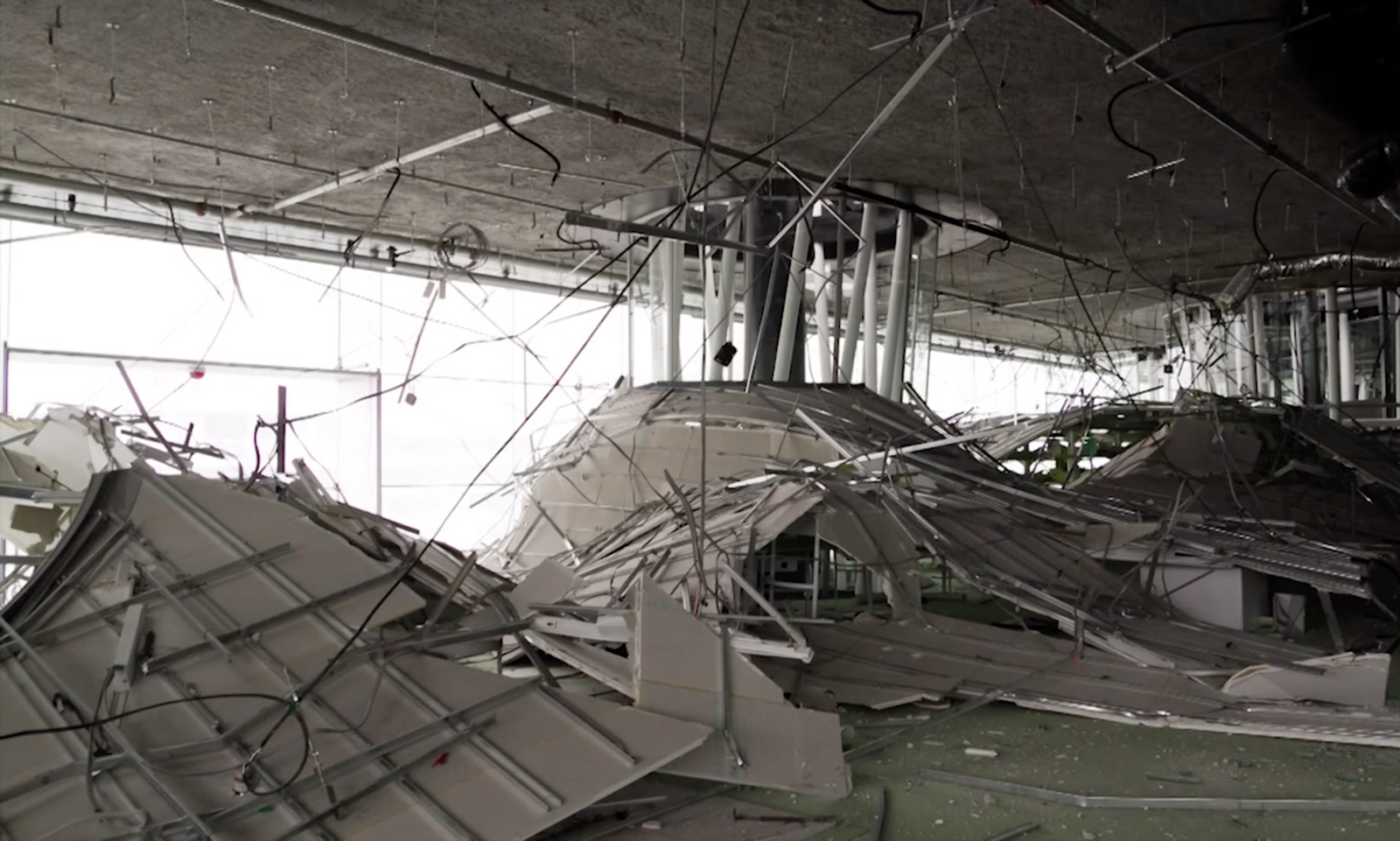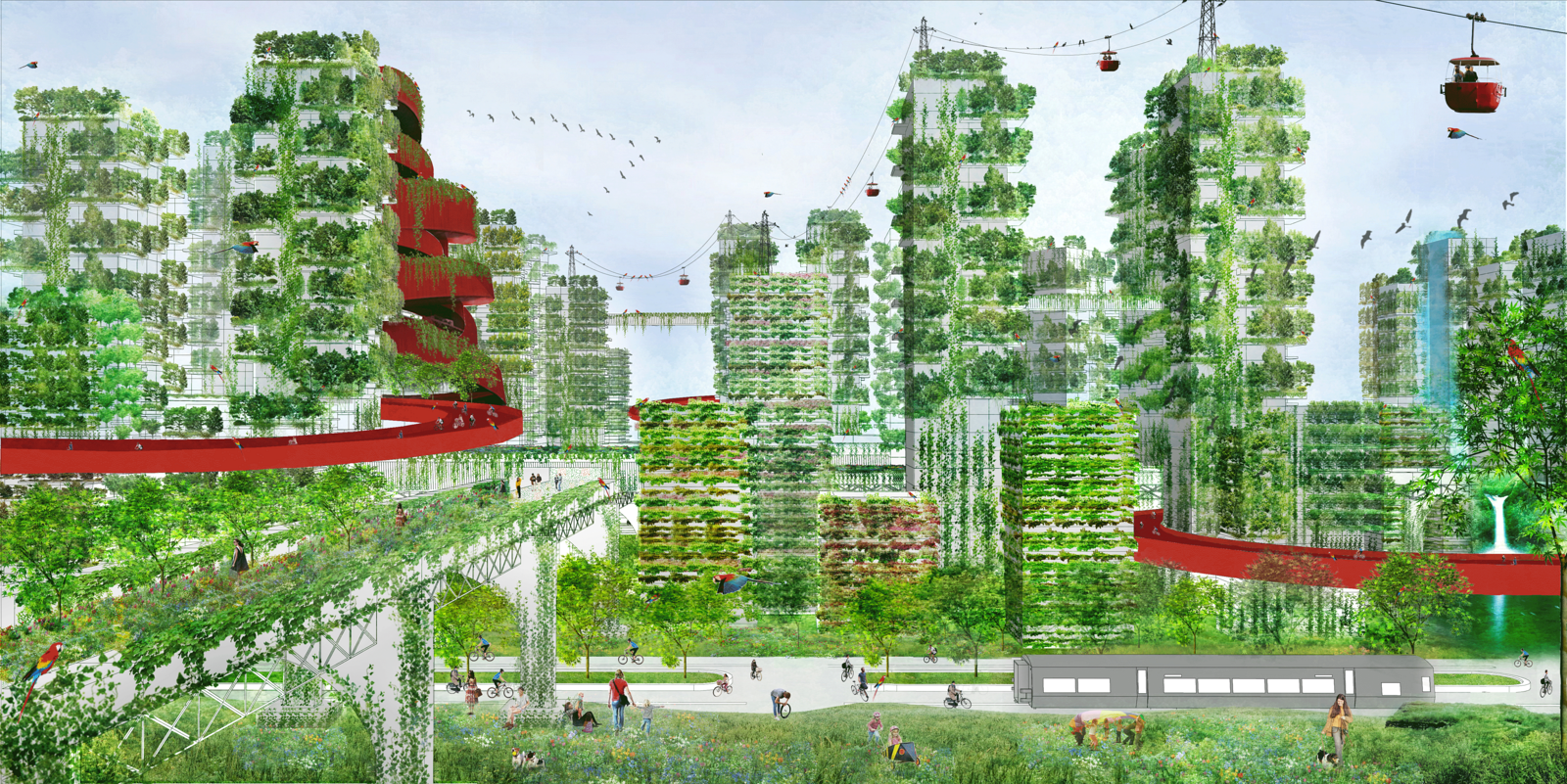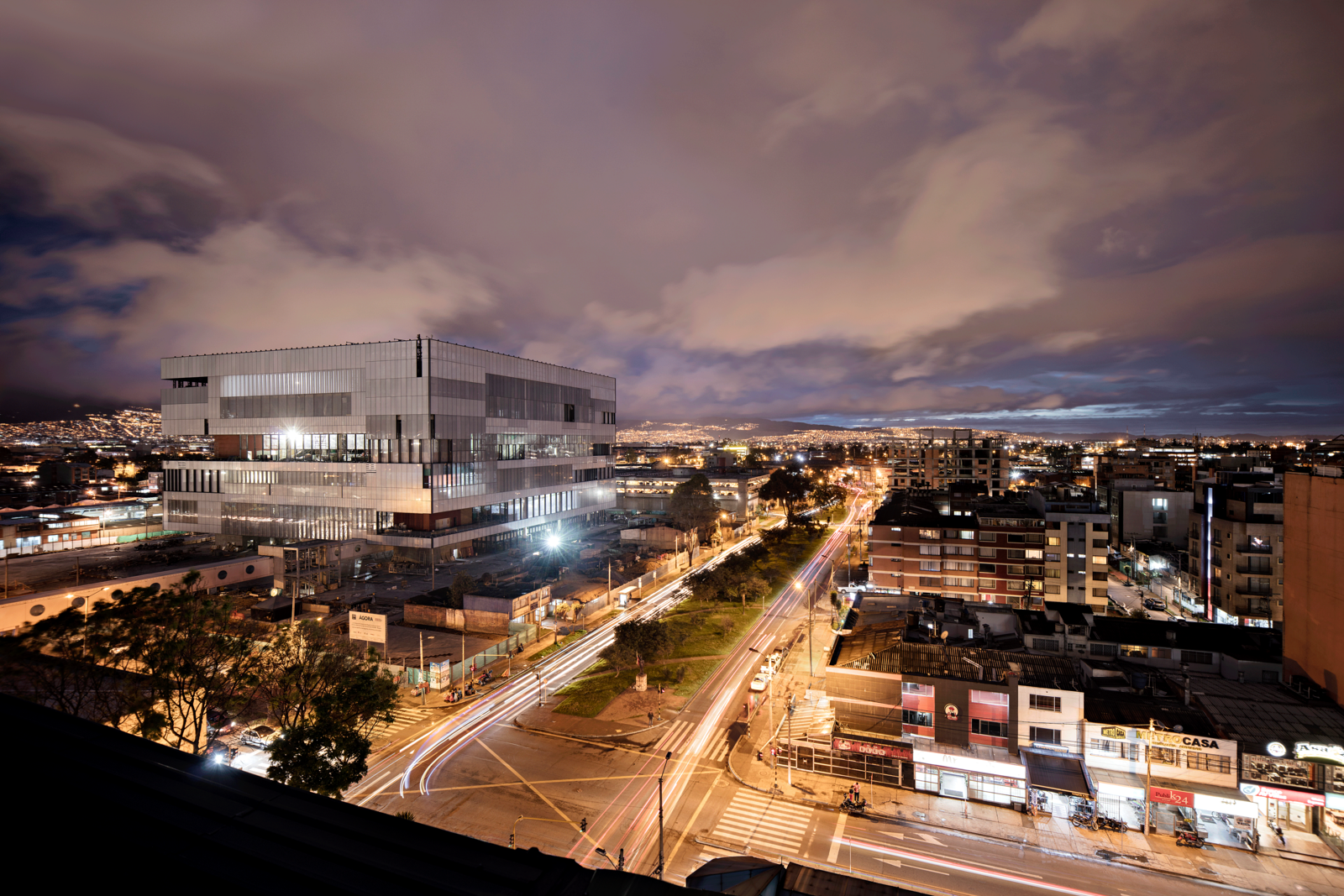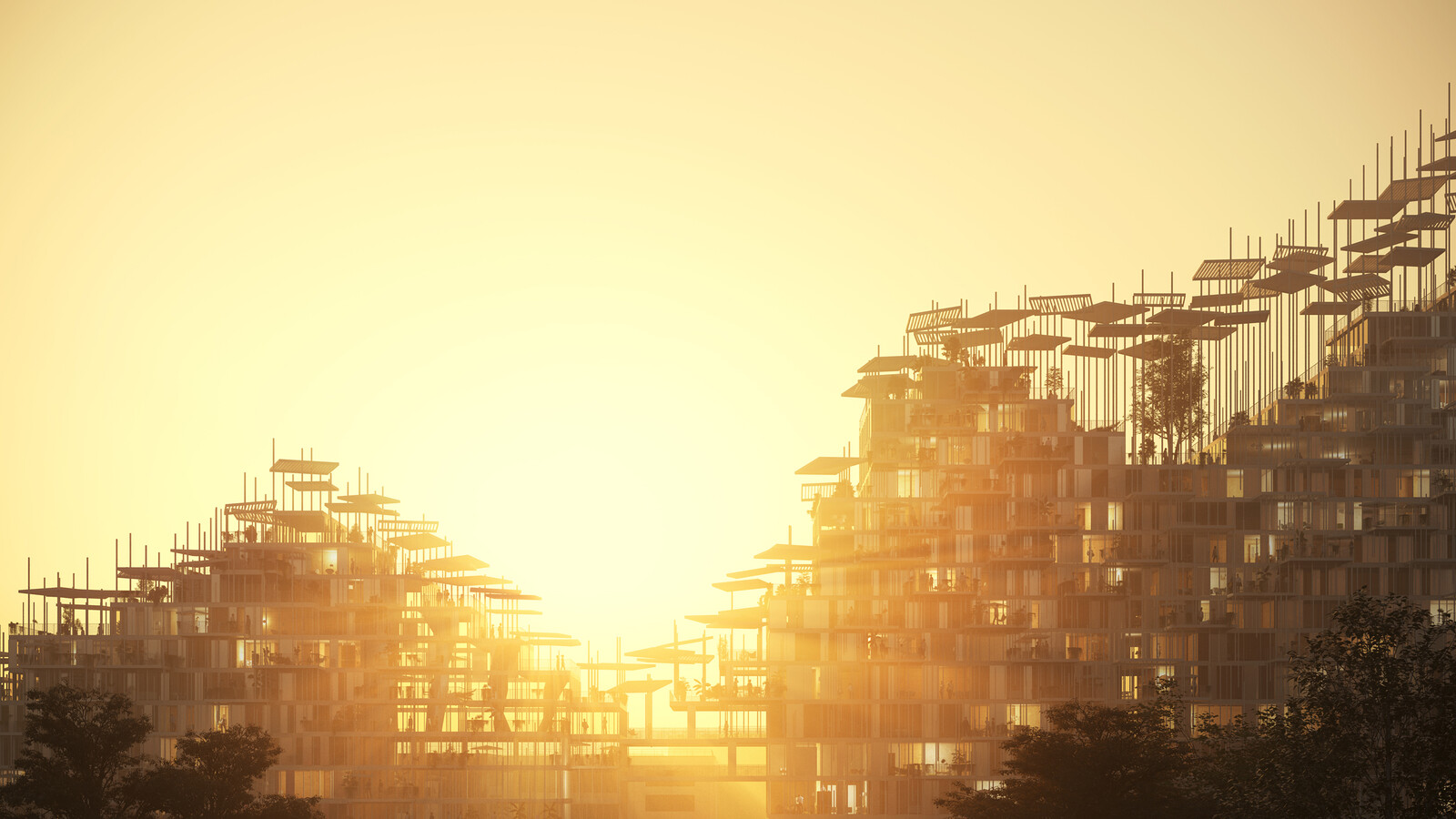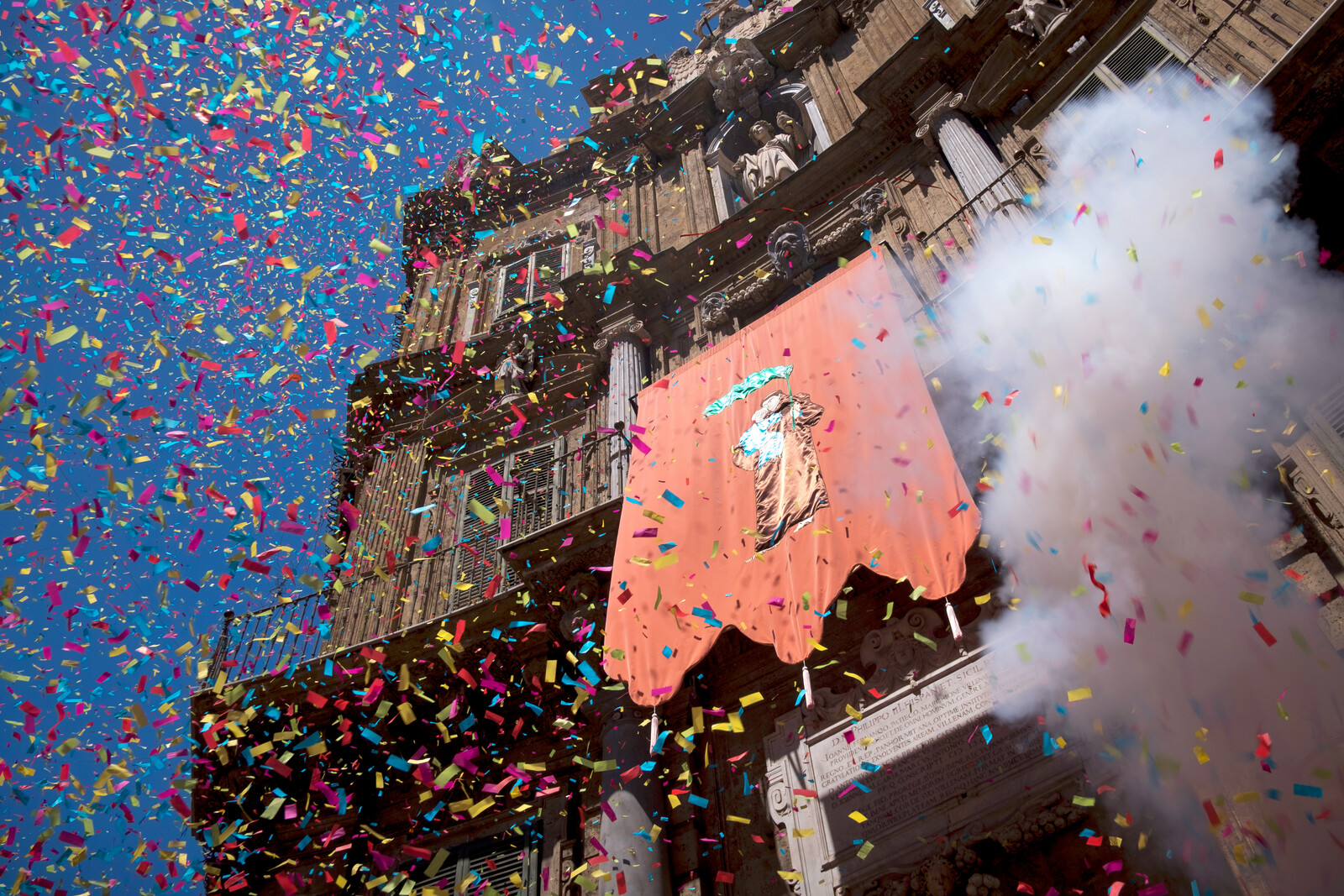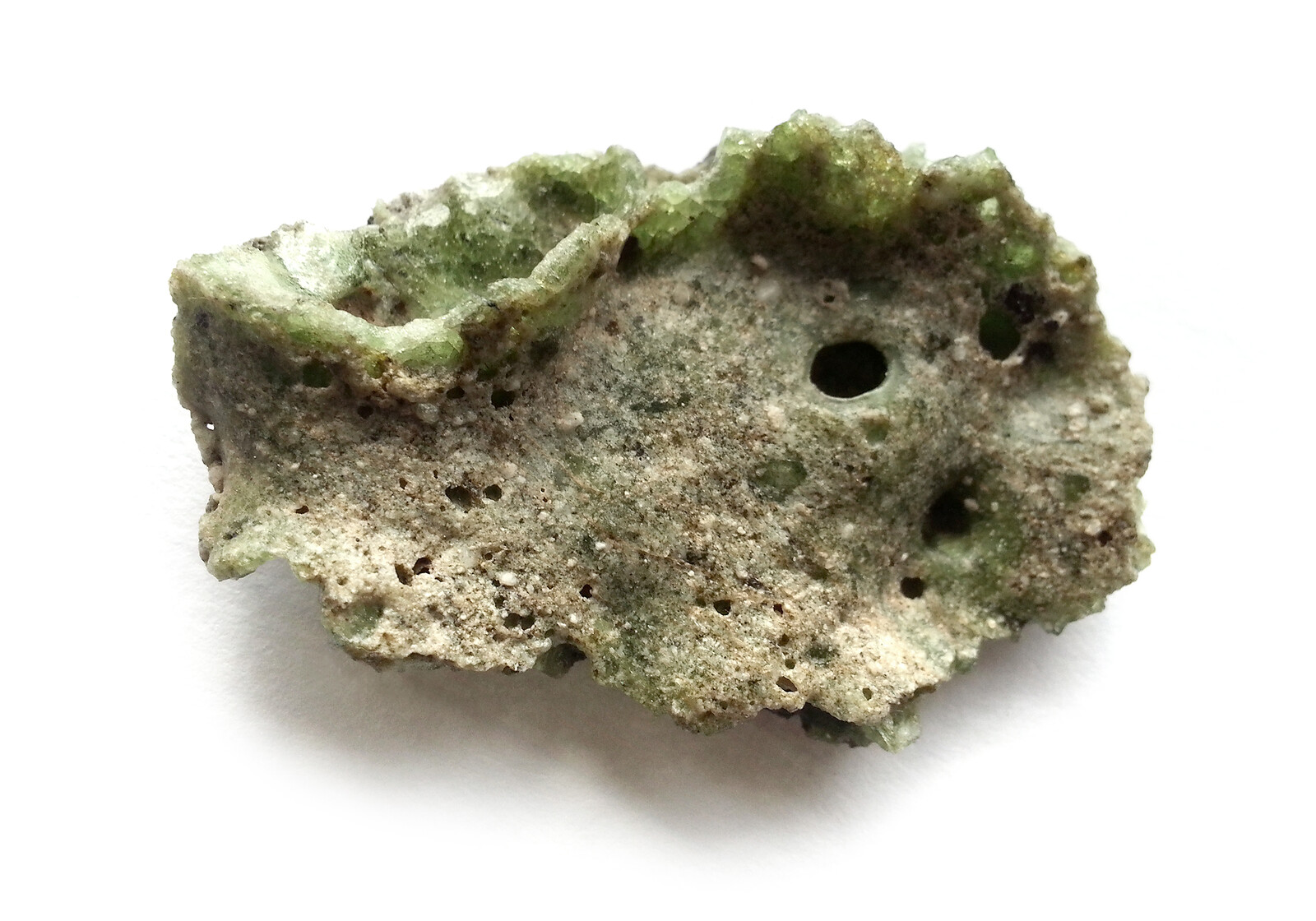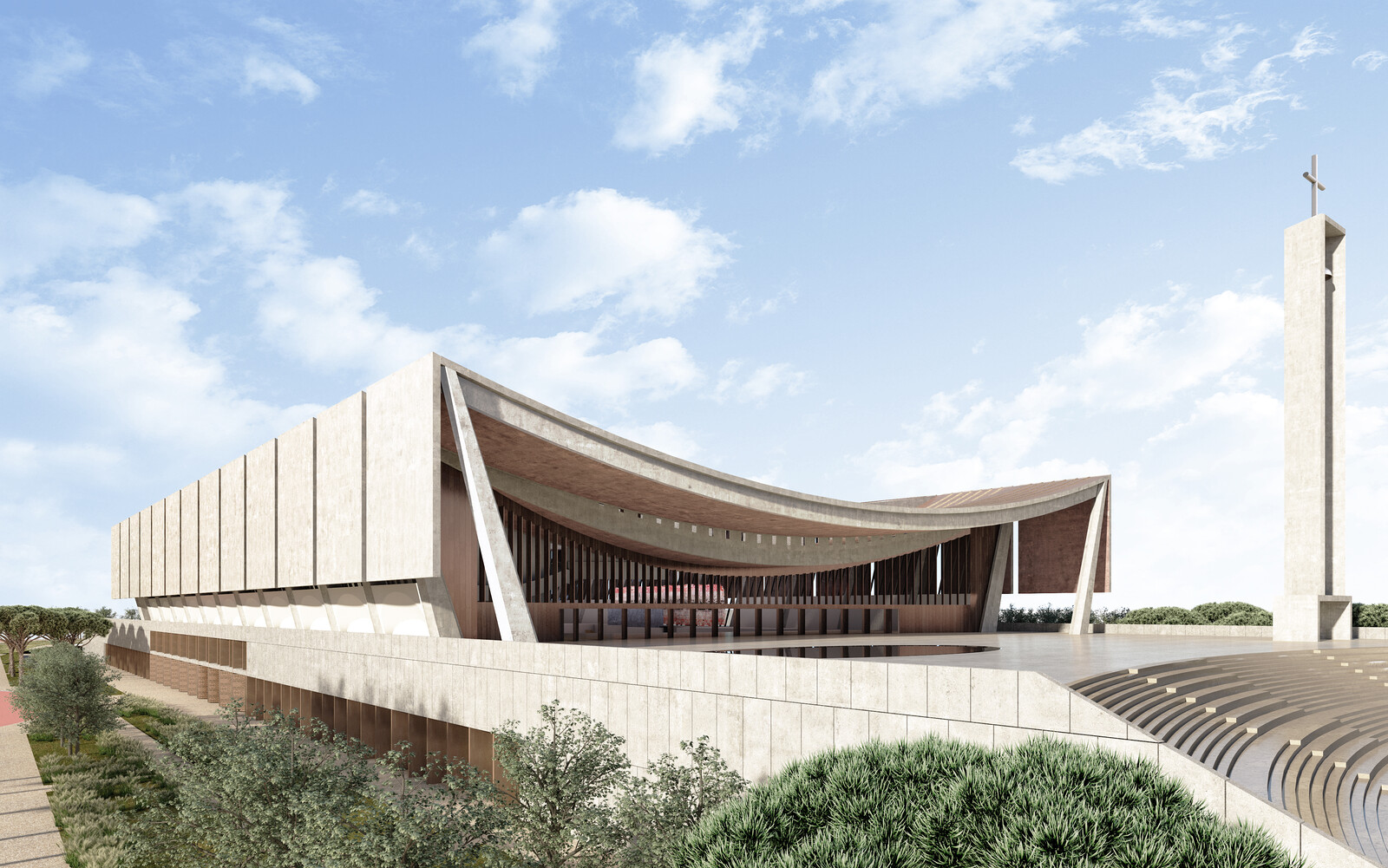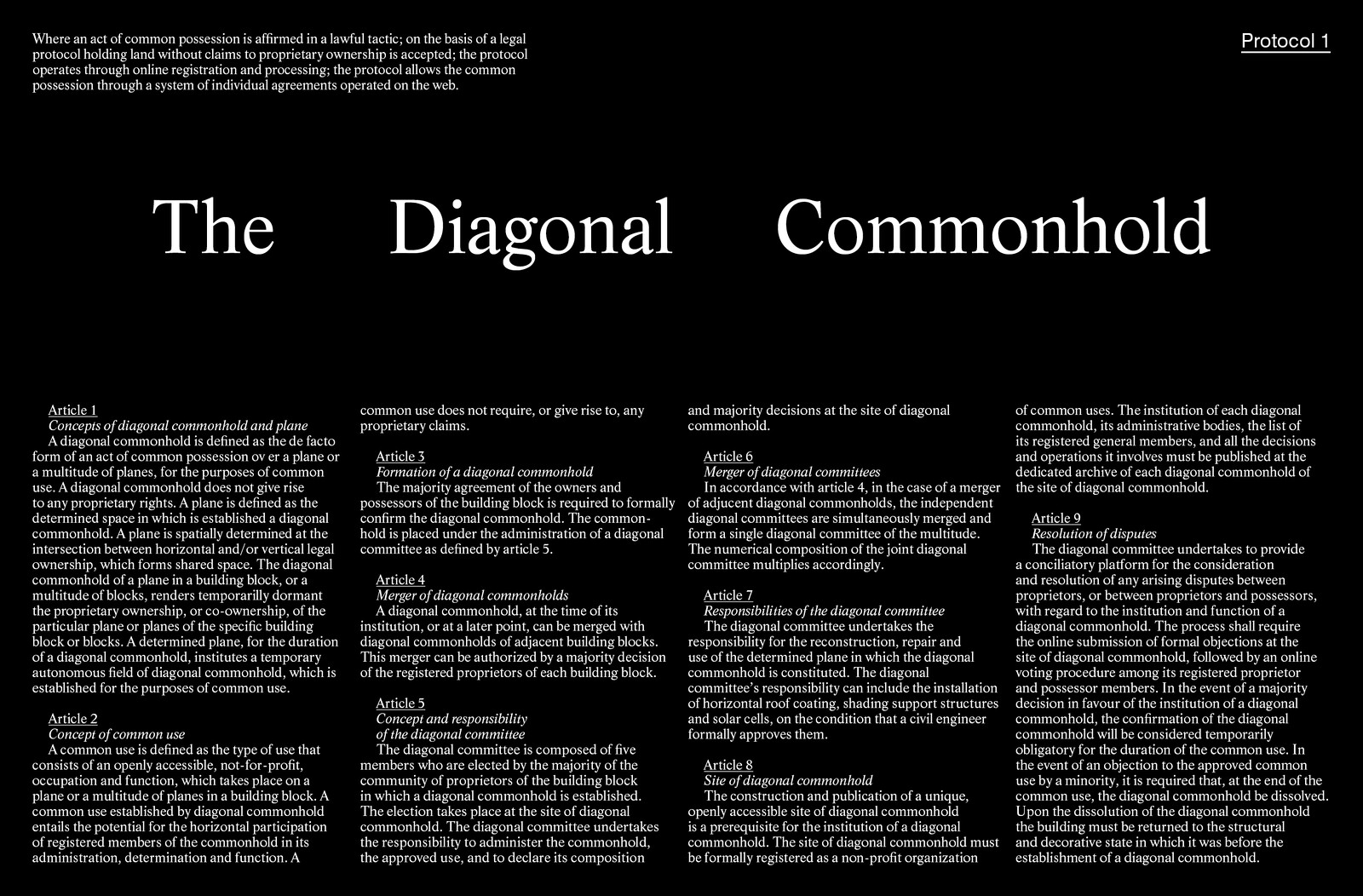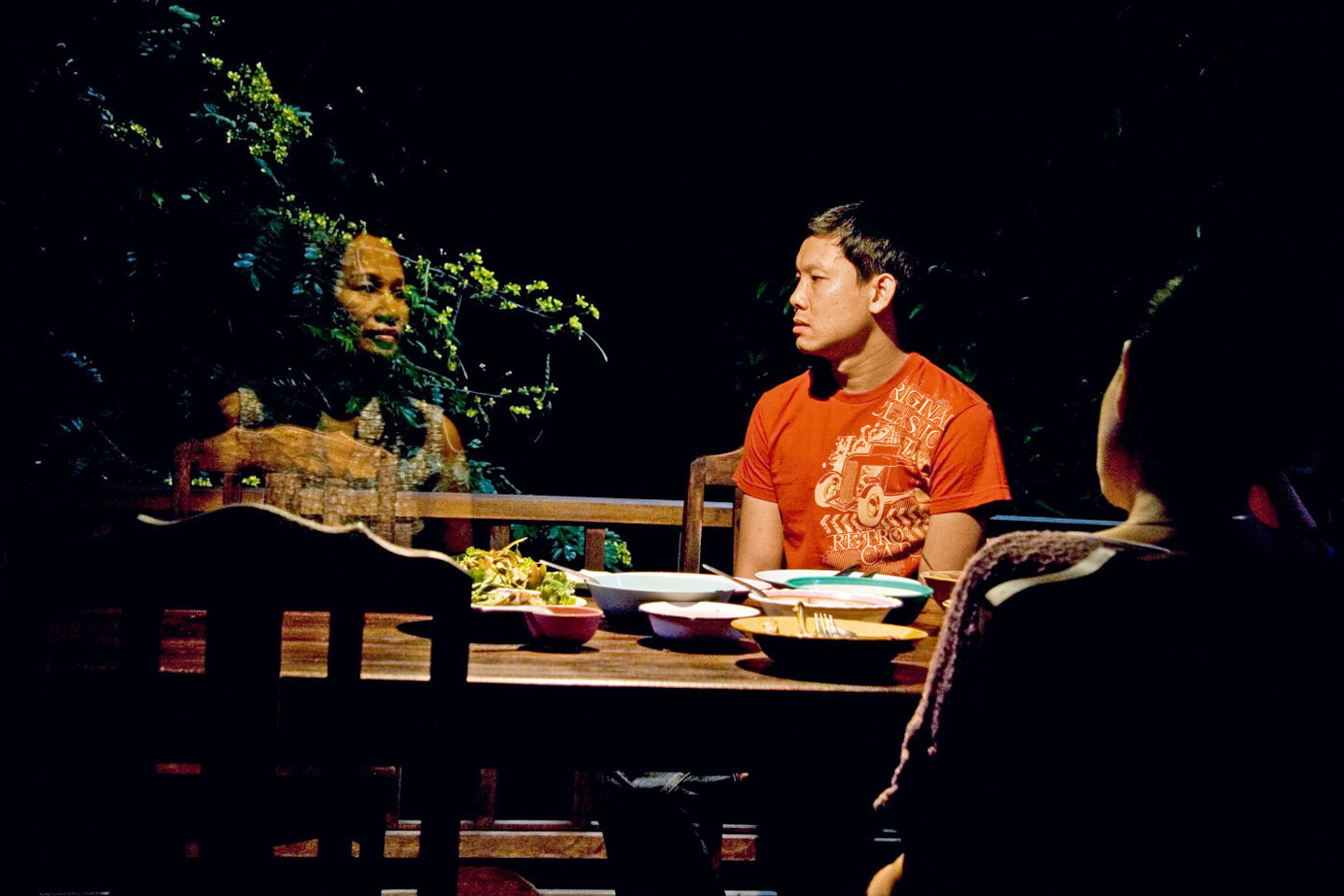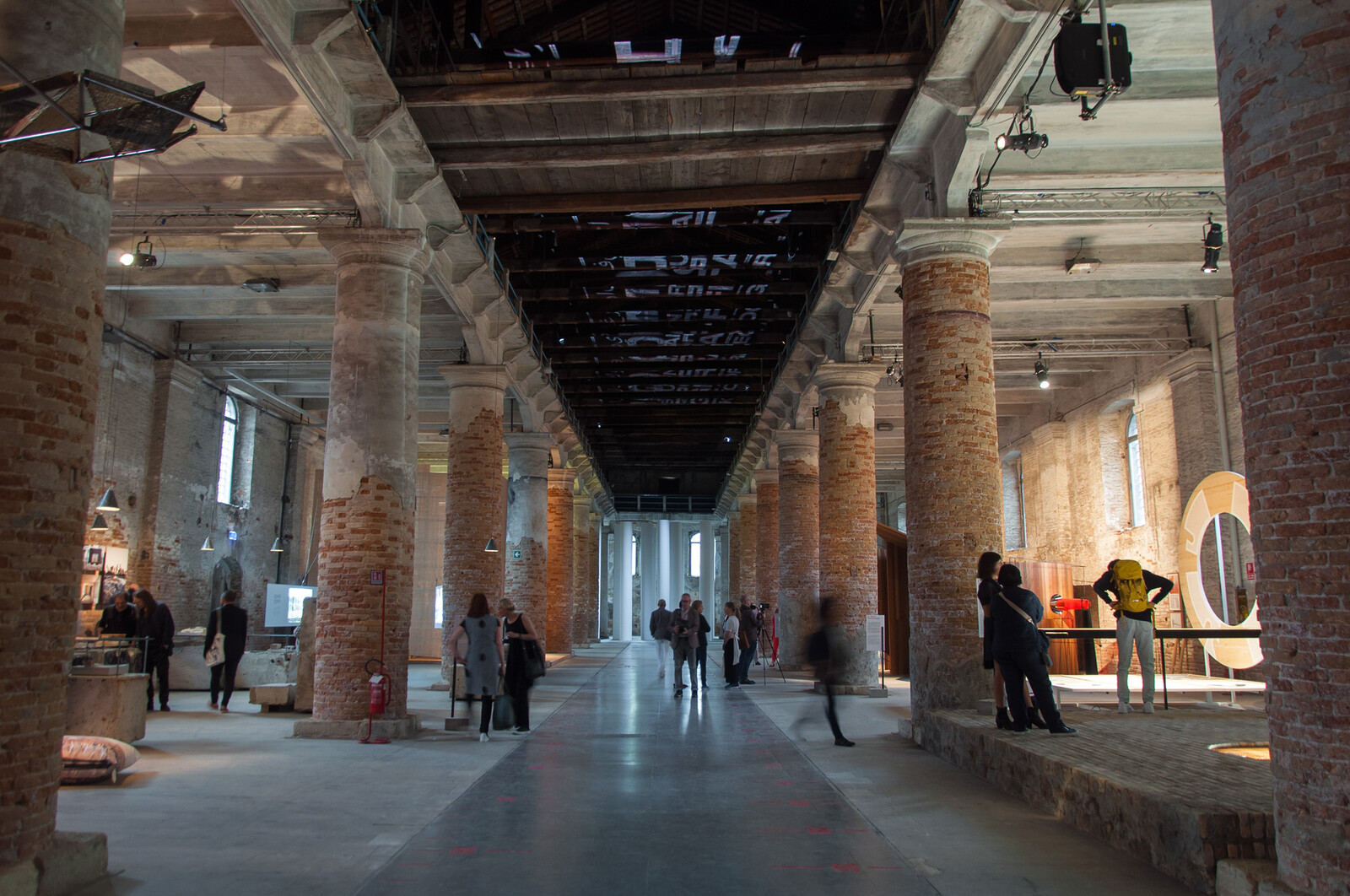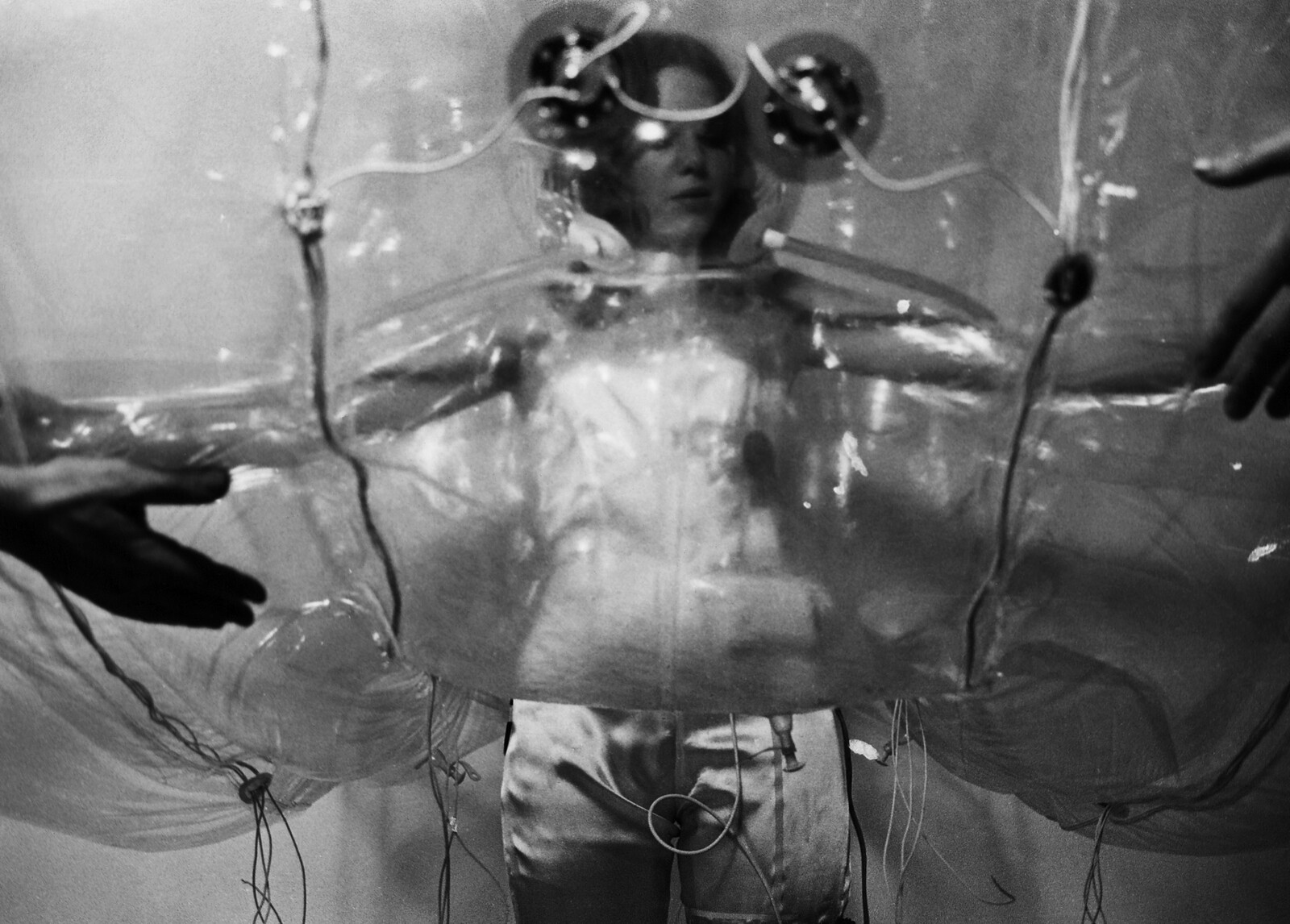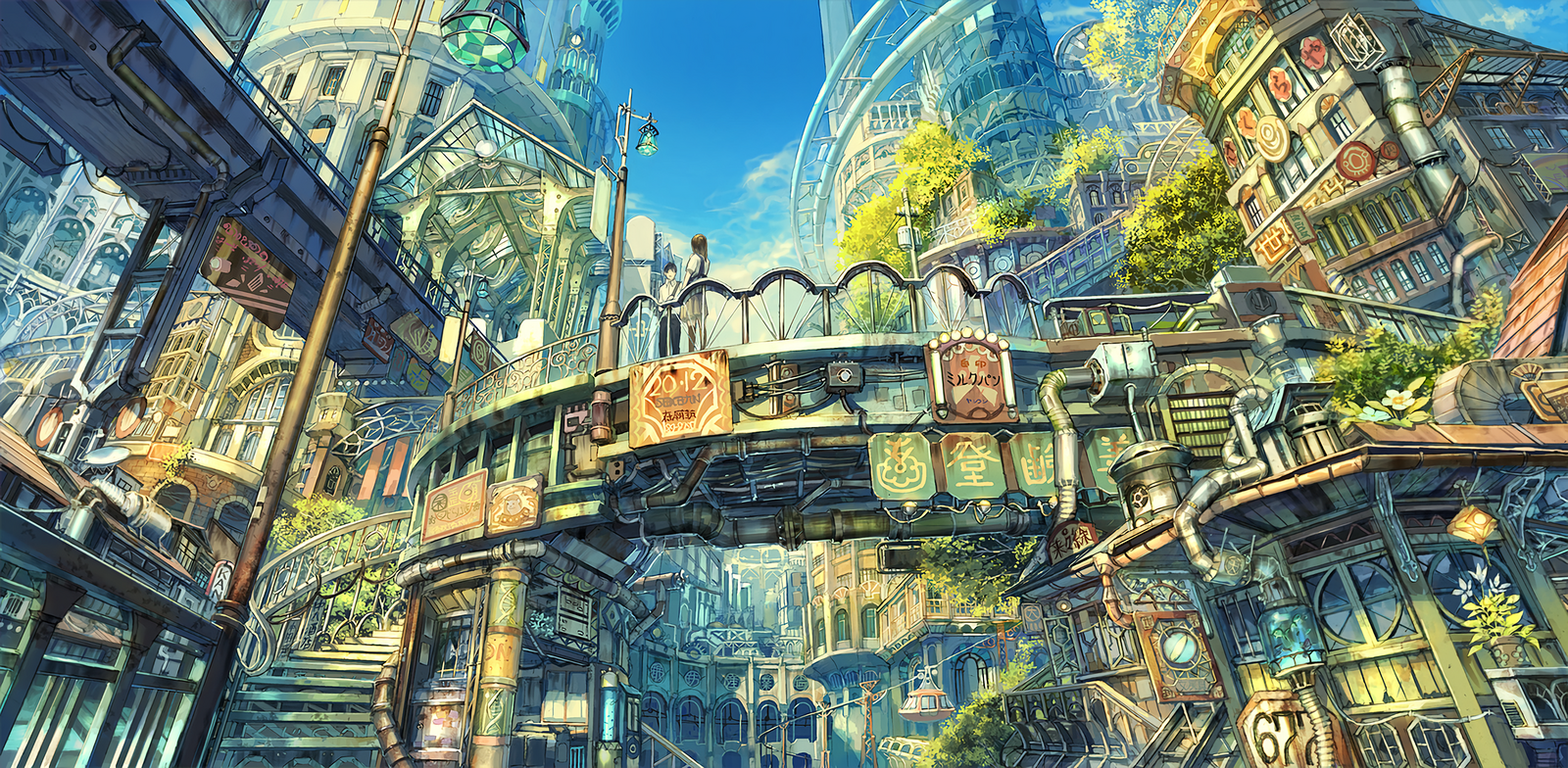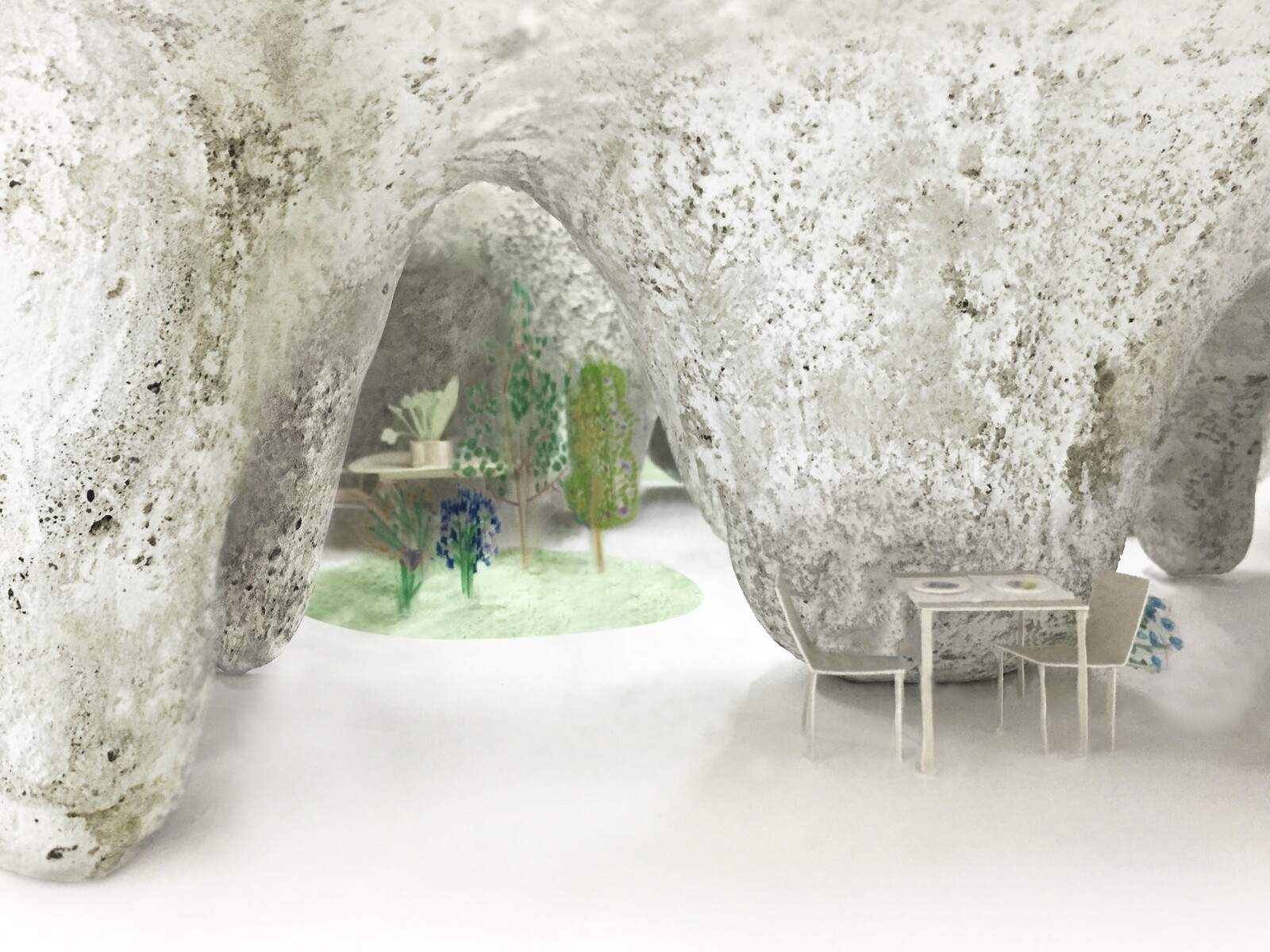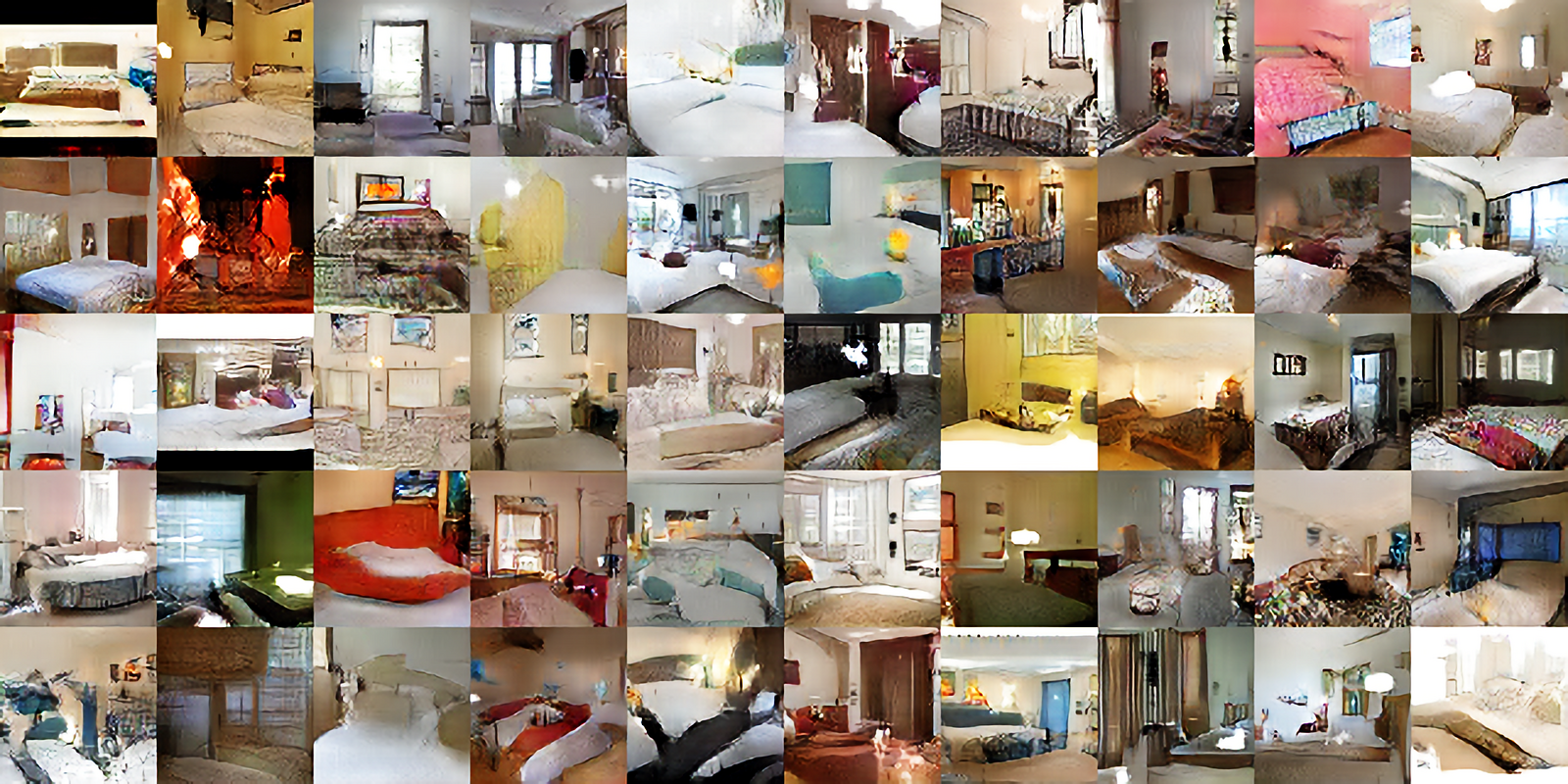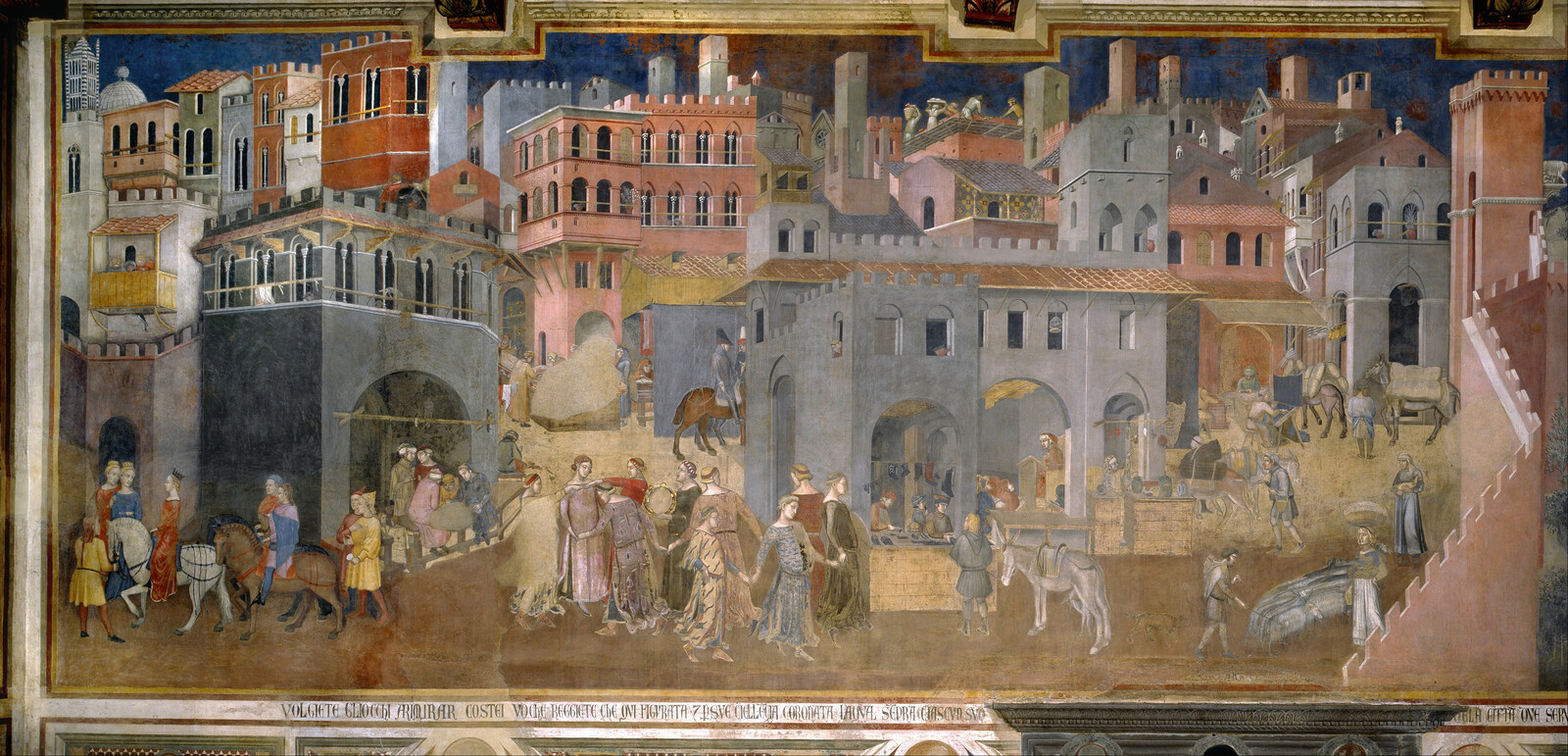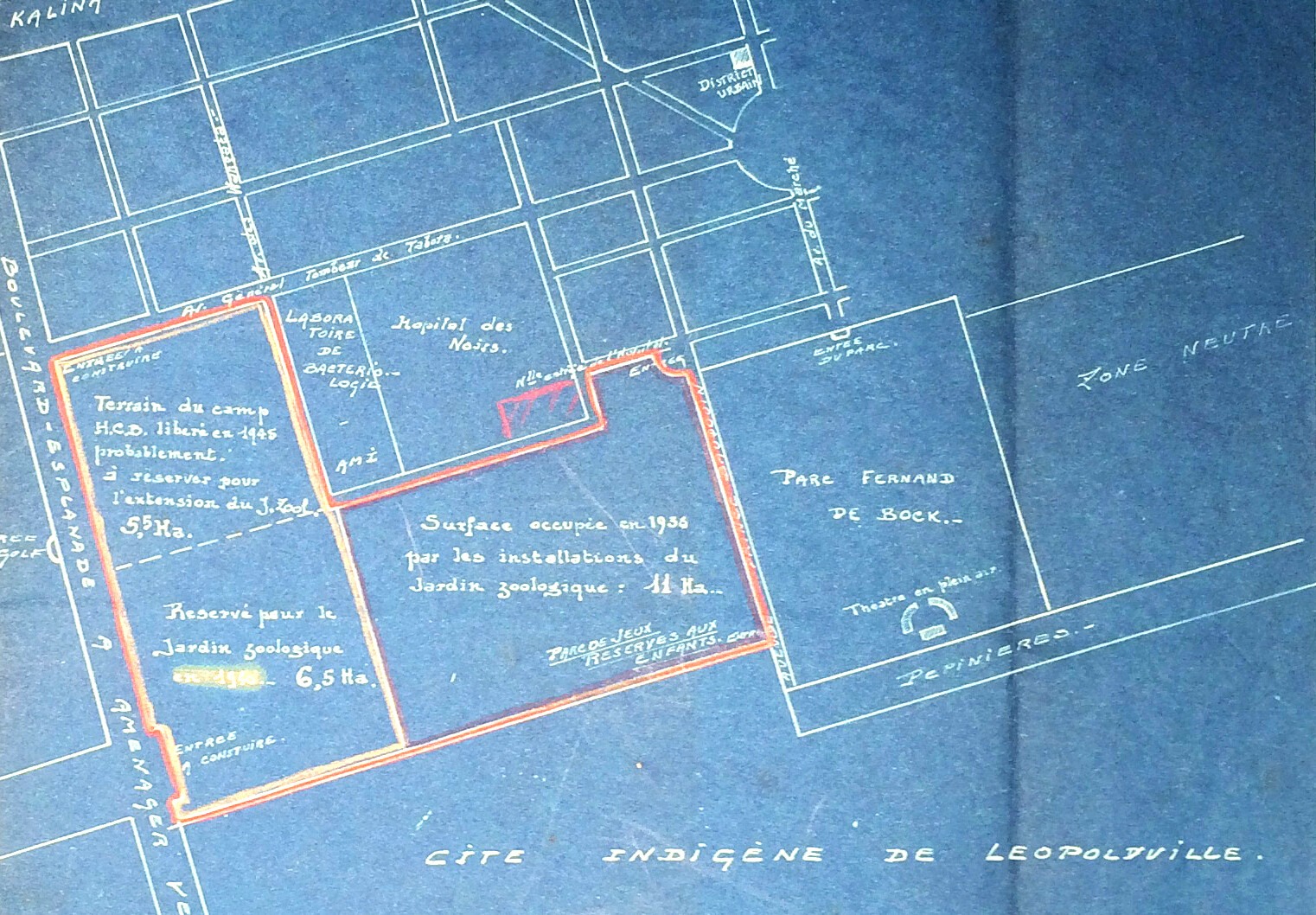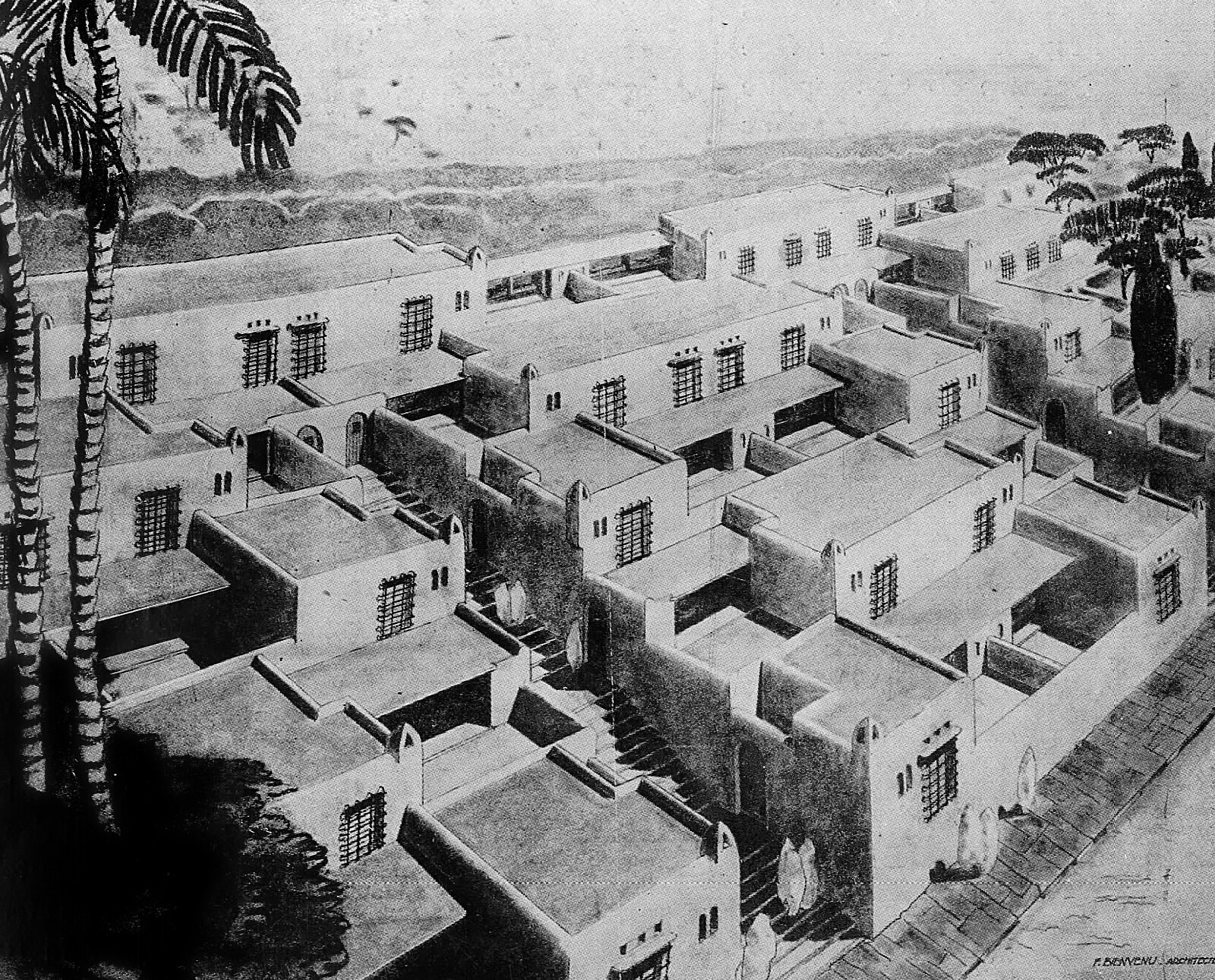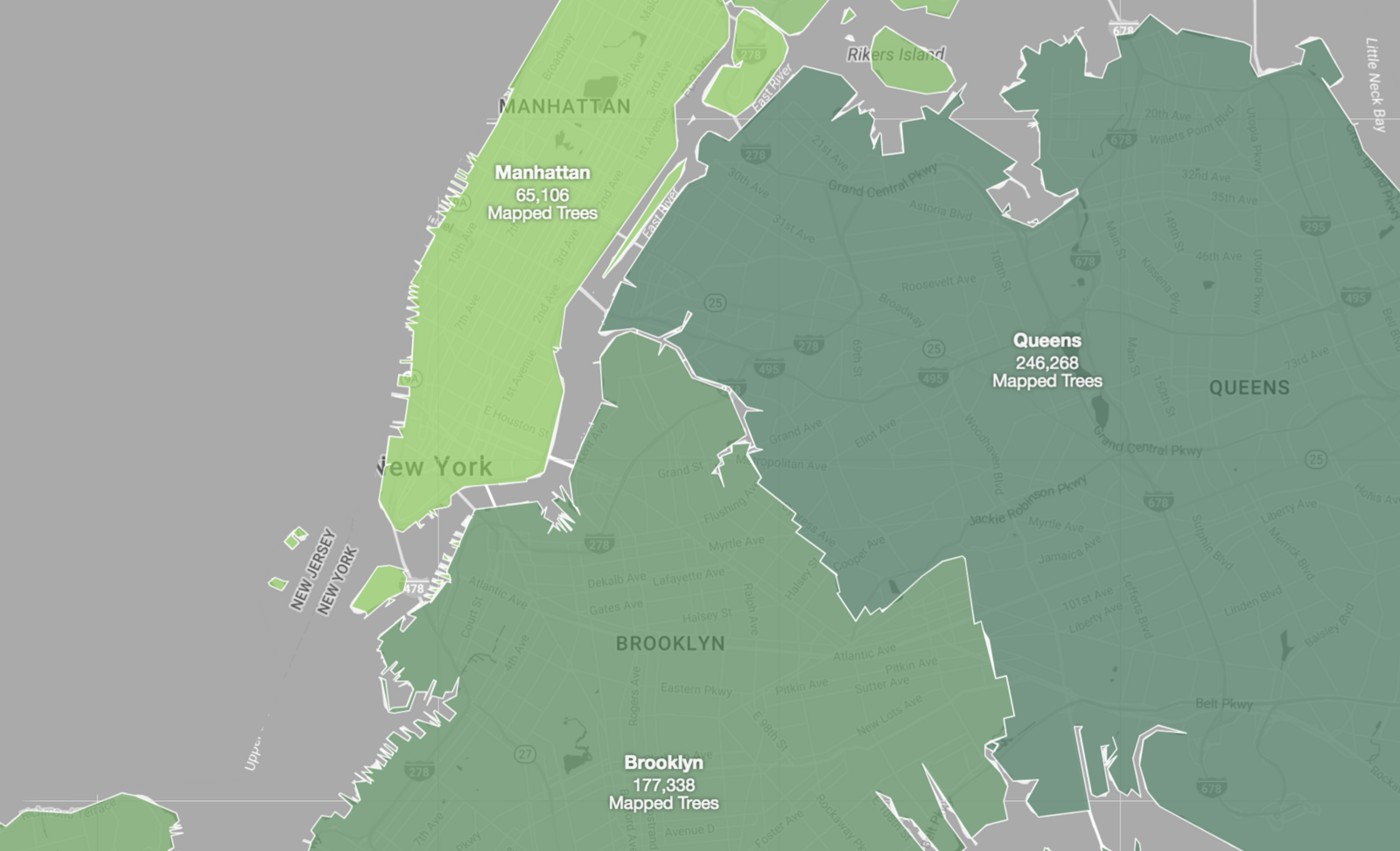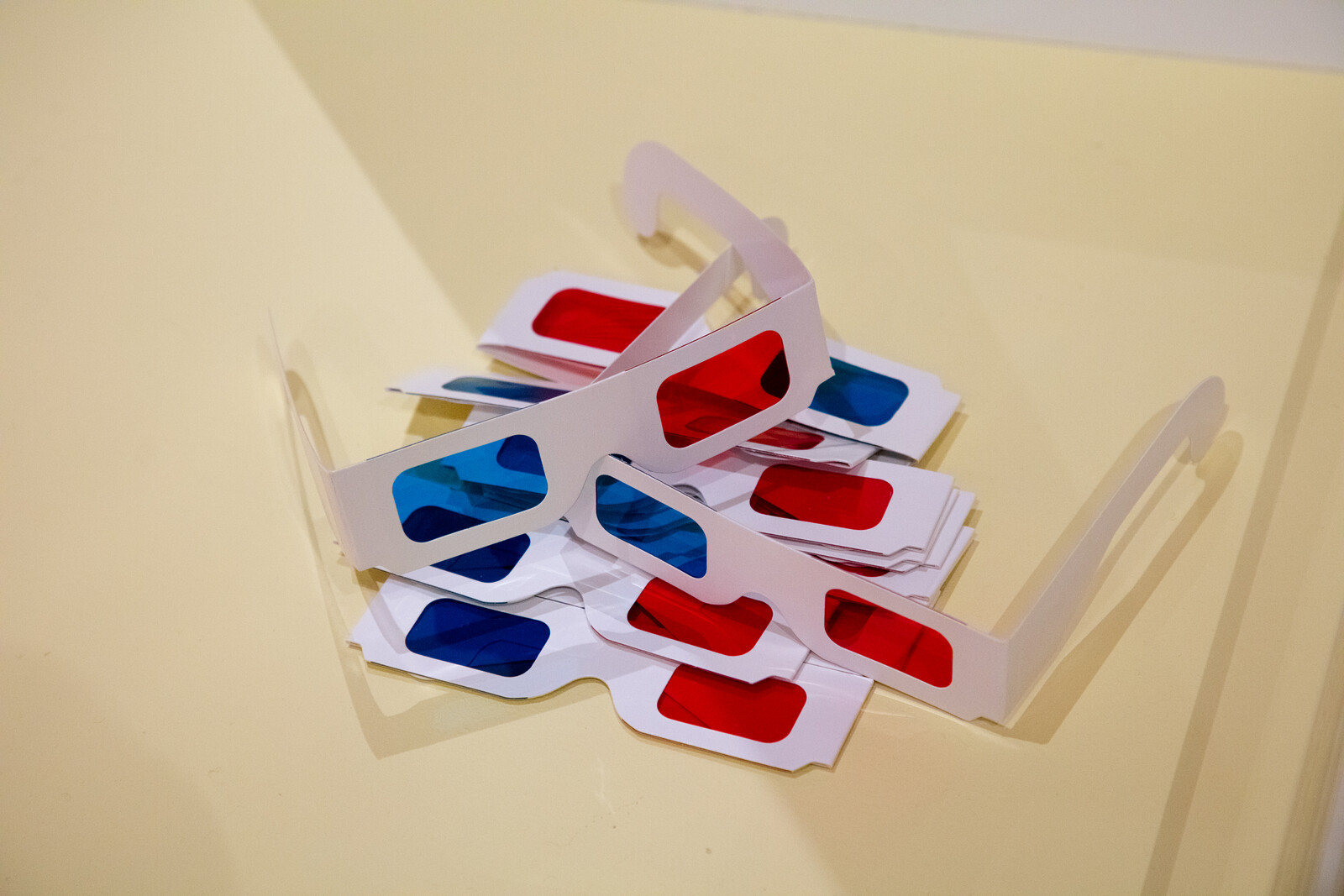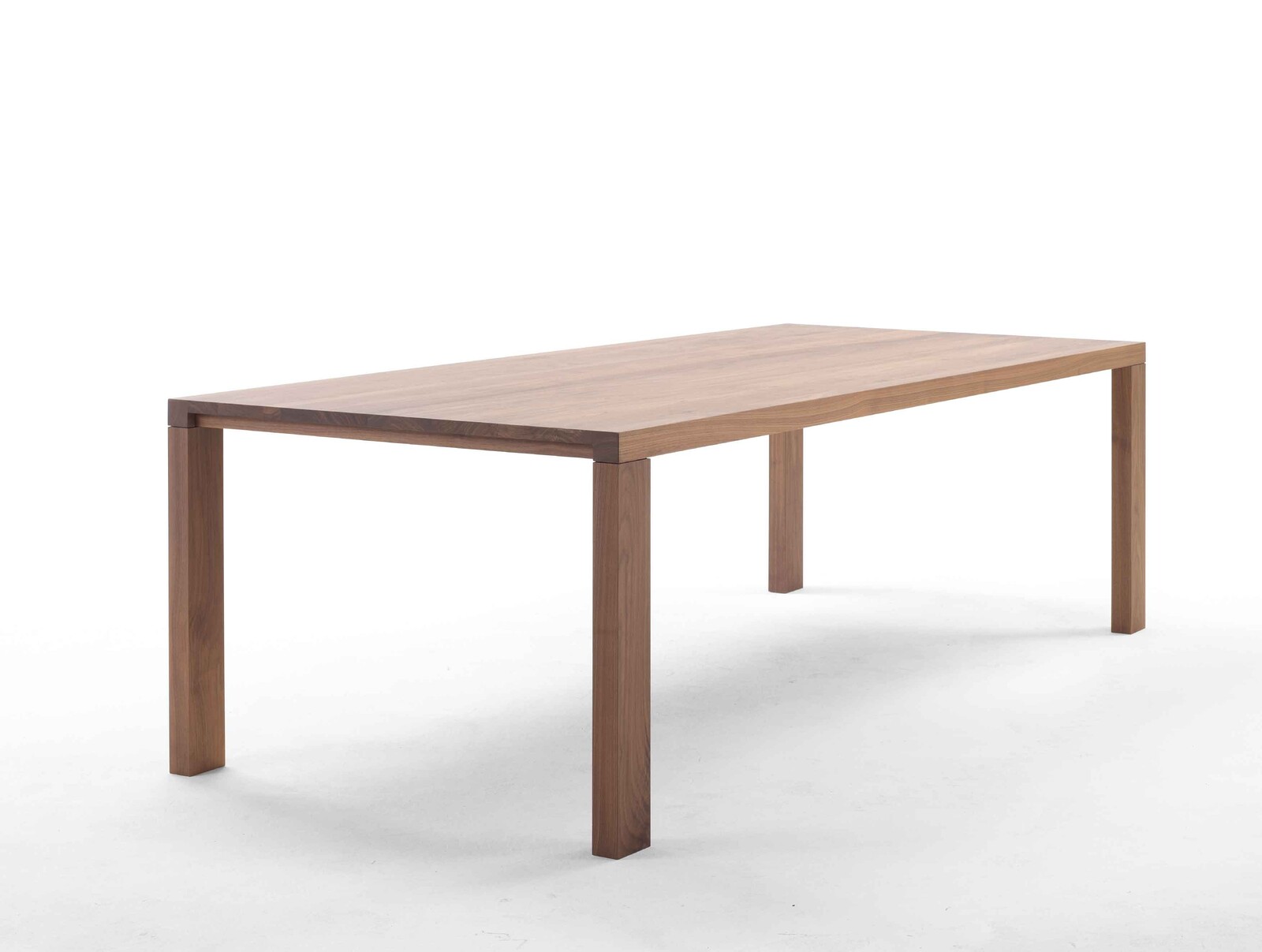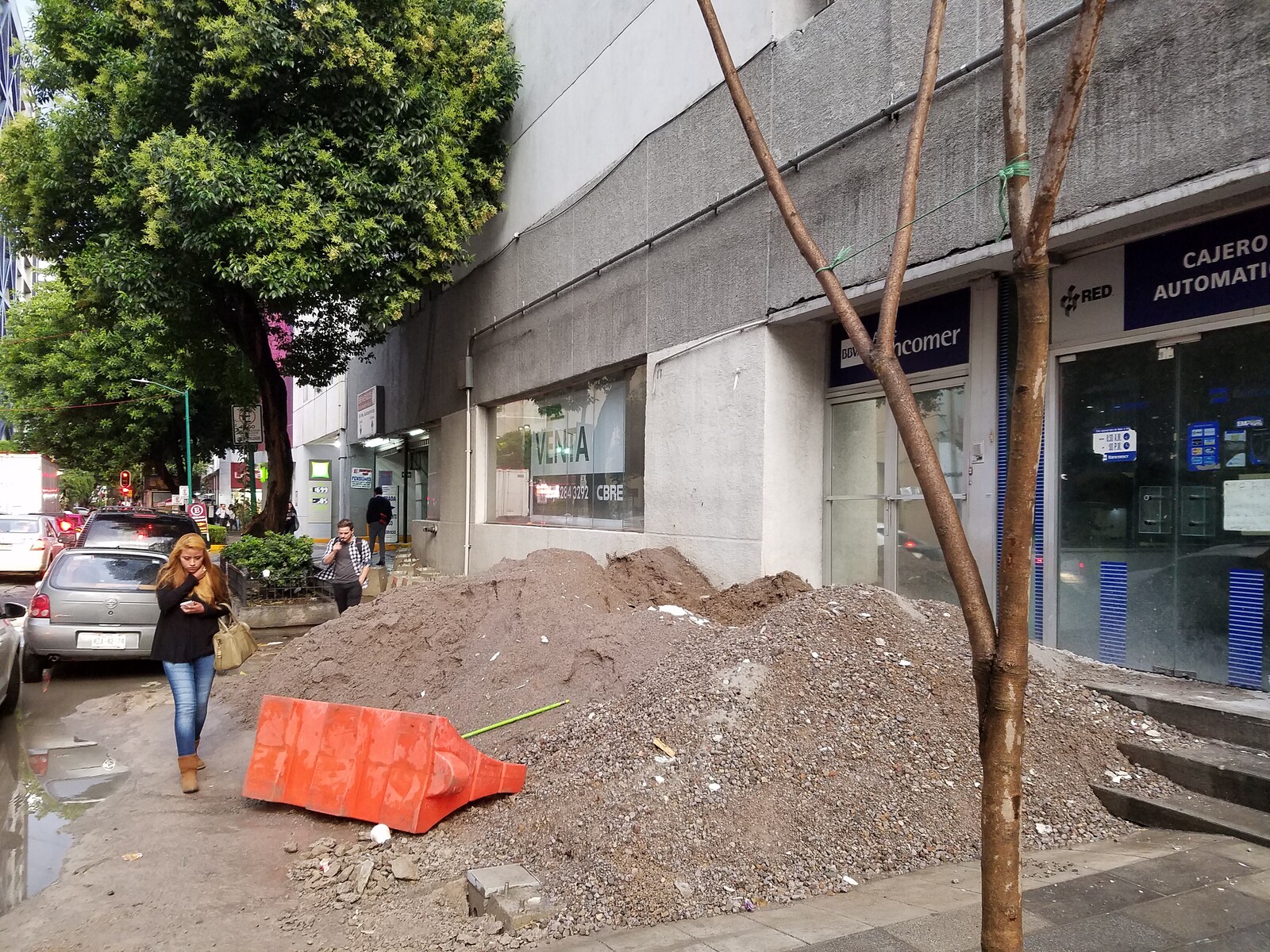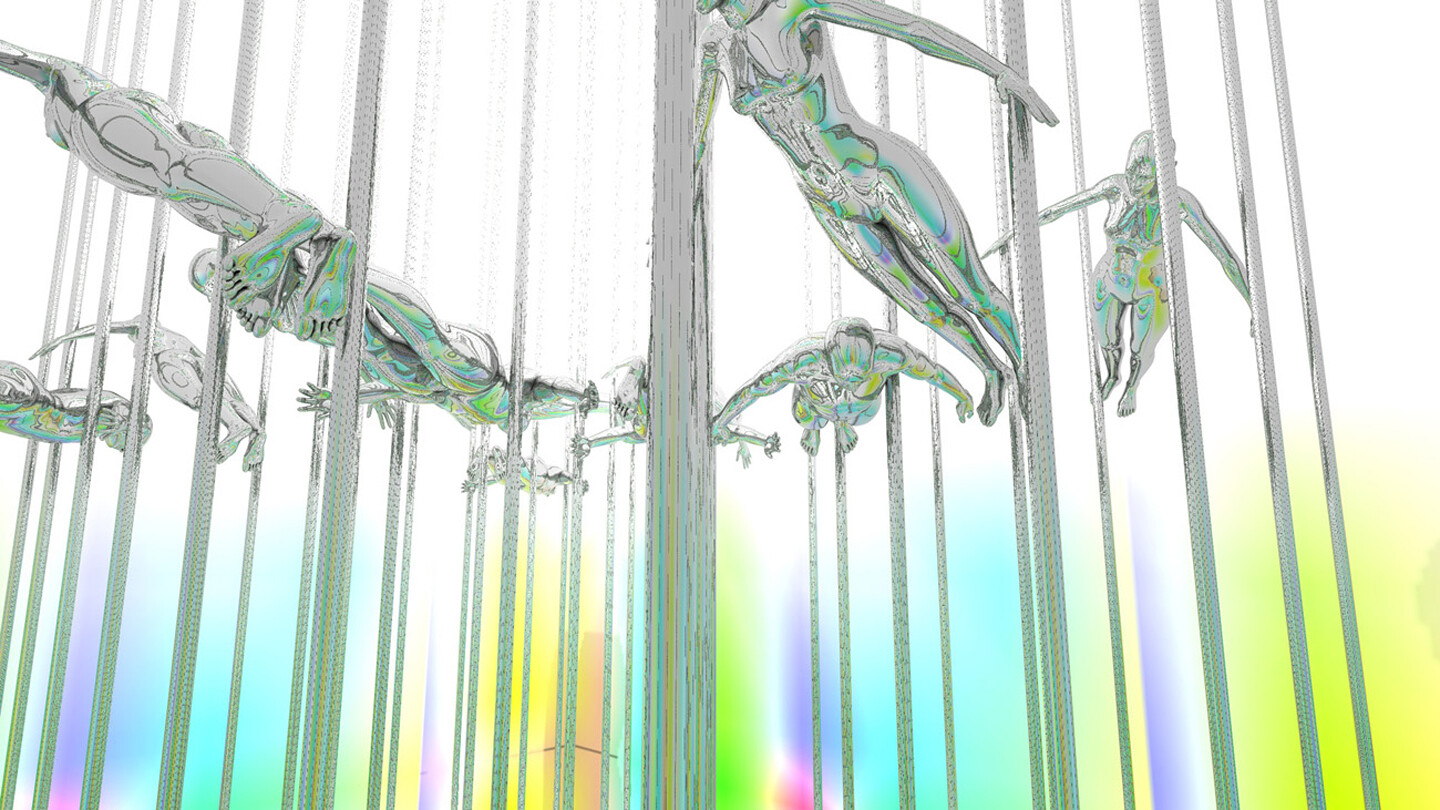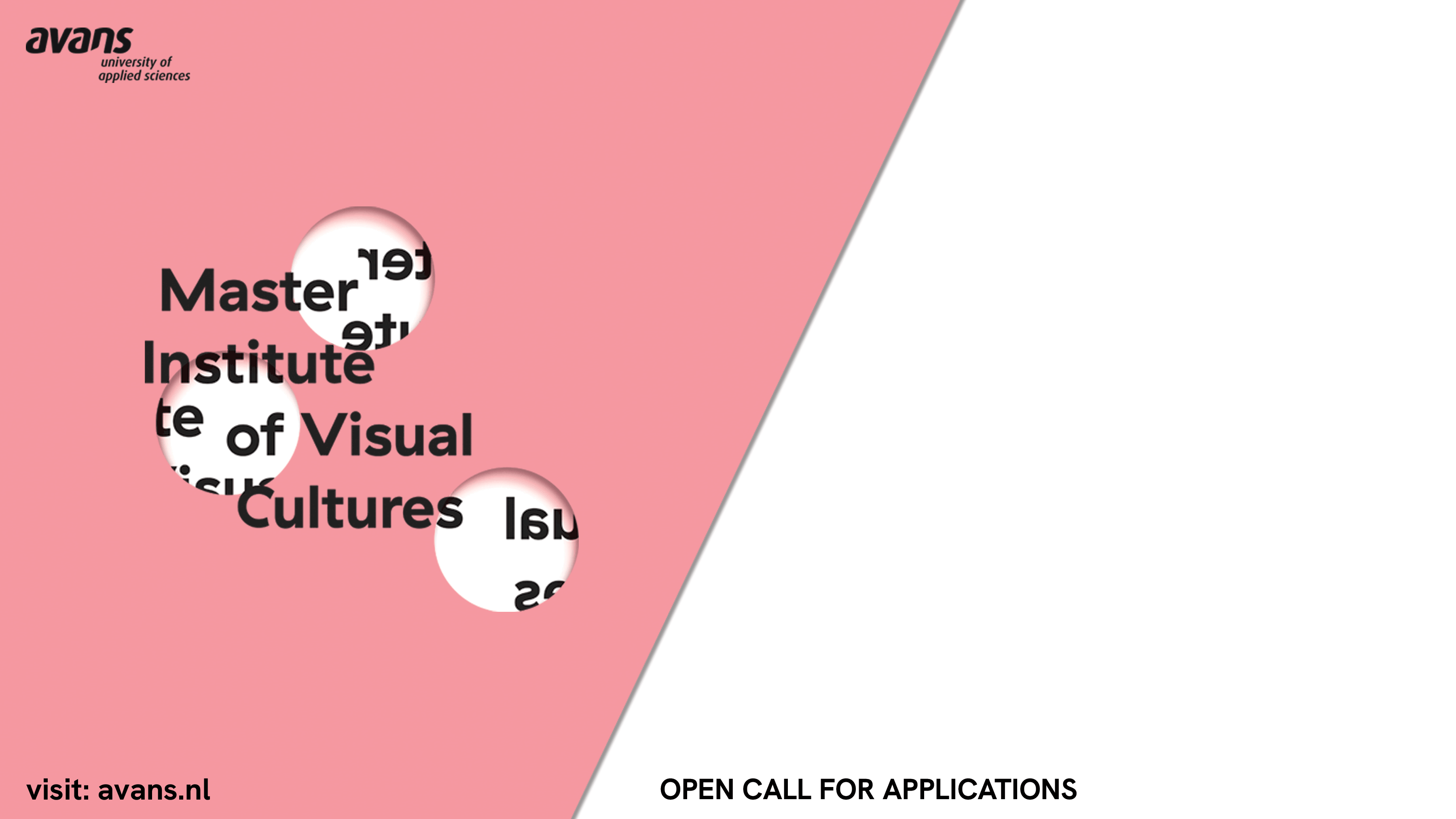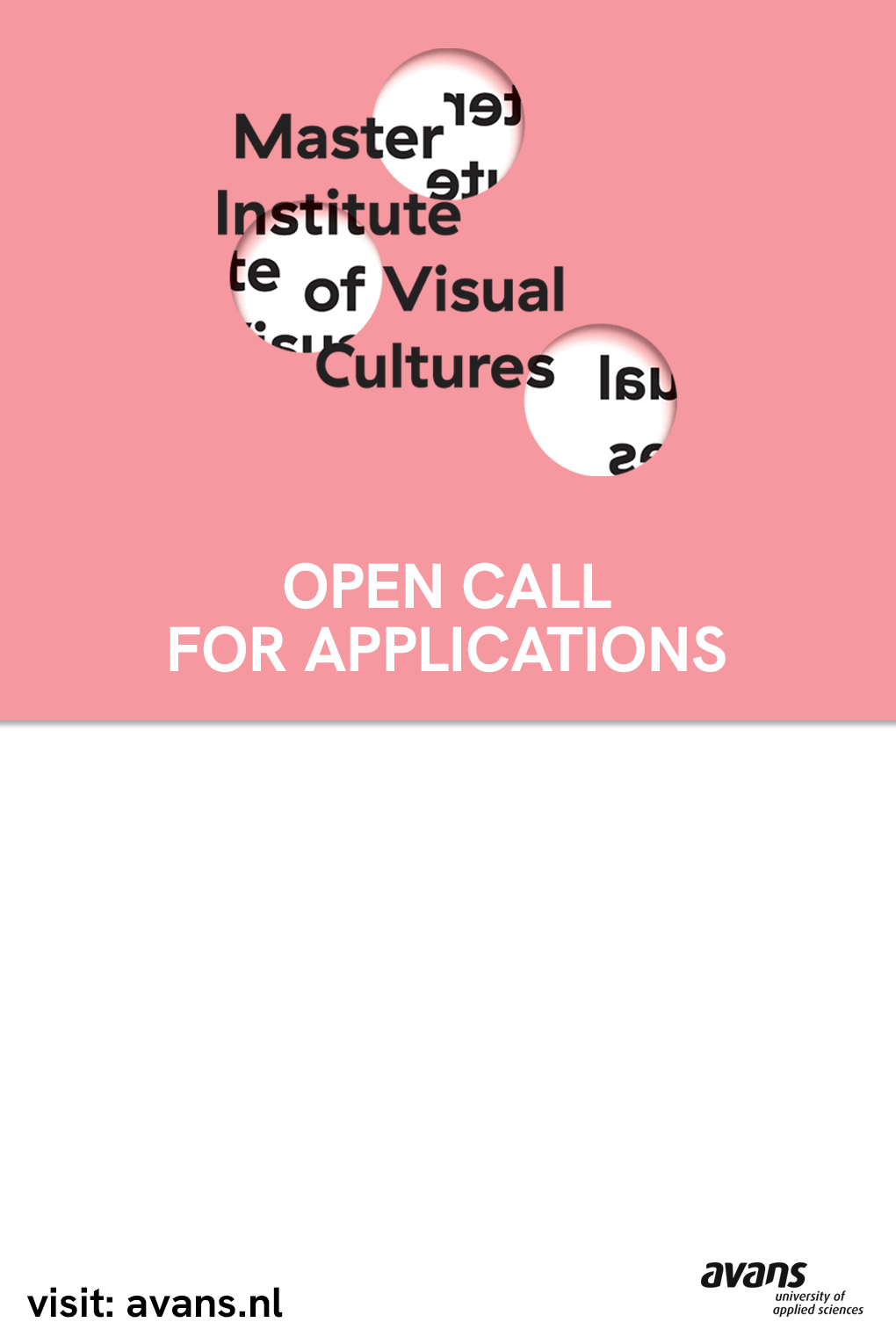Nikolaus Hirsch Part of the architect´s profession seems to be the permanent reinvention of what it means to be an architect. A constant process of self-legitimation that keeps on changing the foundations of the practice. Some of the exhibitions you curated over the past few years have been quite instrumental in proposing an expansive idea of architectural practice. For instance, the exhibition The Other Architect, or, on questions of medicine, the exhibition Imperfect Health, or questions of energy, Sorry, Out of Gas. What are the potentials in this expansion when we discuss architecture? Are there limitations as well?
Giovanna Borasi From the beginning, the idea was that the CCA would focus on architecture, but with the understanding that architecture is a much larger thing than just a building. So, the work that the CCA does follows a consistent line in thinking how, first of all, we can address the issues that we think are relevant today, and then, to use architecture to tackle things that are broader than architecture itself. Architecture gives us the possibility to understand in new ways parts of society, like economy or energy, which everybody is effected by. The exhibition you mention, Imperfect Health, was a reaction to the fact that society places new demands both on the individual (that we are all asked to be responsible for our own bodies and their futures) versus the collective, as well as on architecture, rather than the State. It was way of critically questioning the idea that architecture can directly solve issues of obesity, allergies, or things like these; that if we start to build things with more staircases than escalators or elevators, or if we place the office printer further away from working desks, we would have an impact on the health of users, by having them walk more. But even if we try to achieve a degree of wellbeing through spatial design, architecture cannot be taken as a direct solution. So the intention was to challenge this kind of neo-functionalist dogma that we have seen arise, not so much in the practice itself but in society at large; the idea to think about architecture in a limited, mechanical way, capable of responding to these kind of immediate problems, as if it is a cure.
NH The architect as problem solver.
GB Exactly. The role of CCA has always been to problematize these questions and try to see what and how architecture can contribute to a larger discussion. At the same time, this is also a way of giving relevance to architecture, embedding it in a larger context. It’s to say that architecture is not detached from issues of energy, of economy, of work, of health, while being effected by, and also capable of influencing them The challenge is then the reverse: how to show these issues as architectural. This is why all of the curatorial work we do—from staging exhibitions and building the collection to making publications and organizing public program—is informed by the urgency of producing a consistent discourse that shows how architecture has been and continues to be preoccupied, and therefore embedded, in all of these wider questions.
NH Could you give another example?
GB The exhibition you mentioned before, Sorry, Out of Gas, reflected upon discussions related to sustainability, green architecture, and so on. In the early 2000s, when the energy crisis and environmental issues where at the core of public debates, we thought that instead of doing a show about, let’s say, green façades, to go back to the oil crisis of 1973 and see how a cultural model heavily based on oil was already in crisis and being questioned. Architects around that time came up with great solutions: they were not just interested in new ideas of architecture, but were proposing different ways of living. The exhibition was not a nostalgic return back to some experimental counter-culture, off the grid projects, but rather was interested in questions of consumerism and energy dependence. The projects proposed a different relationship with resources and consumption, and we can see that some of these ideas have recently started to come back, with the concept of decroissance or degrowth. At the CCA, we are constantly discussing the questions that we think are relevant today. The issue is always how to address them. The exhibition, or the publication, or the acquisition, or the research, are indeed tools to tackle these questions.
NH Audience is always an important issue when we talk about museums. The CCA, in my opinion, has a strong impact on the discipline. But what about “the public”? Could you talk a bit about the dimension of your museal practice that speaks about the built environment to those who may not belong to the discipline?
GB I think there are two aspects that are important with regards to understand the CCA’s relationship to its audiences. First is the ecology of the CCA. The CCA is in Montreal, and it’s clear that the public the CCA has, or let’s say the public the CCA aspires to have, is not, or is only partially there. Many architects might know of the CCA, but have never come to Montreal to actually see it. So the public we have is a larger, international public. This is really important because we decide what to do and how to do it based on the fact that our public is not physically coming to our exhibitions. This is why we always try to pick a topic and to tackle it in a way that is international. I think the thematic approach we take to our explorations is also a way to not just talk to architects, our primary public, but also, let’s say, a cultured group or individuals that are concerned about larger issues and are interested in understanding how they are framed from an architectural perspective.
NH So how do you engage with the local public?
GB Over the last years, while all other museums have been expanding their physical presence, the CCA has decided to do something else. We don’t even have an Educational Department any longer. We have a Public Department, which tries to understand what the public is, both in Montreal and elsewhere, and advocate for it in a non-didactic way. As we invest a lot of time in thinking about the appropriate curatorial format for an exhibition, the Public Department will do the same for all public activities, and this is done thinking about a program that will happen with the public in Montreal and one that has to be released to our other public everywhere at the same time. Our recent efforts have been to expand the institution through publication and digital means. We always refer to this new global work as a “second building,” a virtual and dispersed building. We recently launched a new project called c/o, where we will be present in different geographies all around the world in a very light way. In Tokyo, for instance, we will just have one person, and we won’t build a new institution. The idea here is two-sided: one is to bring the CCA into other cultural spaces; the other is based on the conviction that if the CCA is an international institution, it has to be able to incorporate a more varied way of thinking. It cannot just be our way of thinking. I realized this when we did the exhibition on health, that we had a very western point of view on the topic, and that if we would have had a team of curators from other, non-western backgrounds, we would have framed the topic slightly differently. So, the question is not only to be more present in other parts of the world, but also how we can understand issues in ways that might be different from our own. Our intention at this point is to listen to the public more than talk to it; to try and understand what the public thinks.
Nick Axel I would argue that the CCA’s been largely responsible for the rise of a particular figure within the field of architecture: the researcher. You mentioned this as a role and a function of the CCA, but increasingly, the figure of the researcher is being seen as a practice in and of itself. Could you speak about the agency of research within architecture, and the relationship it has with institutions such as your own?
GB That’s a very good point. When I worked on The Other Architect, one of the things I was really focusing on was this idea of the architect as a researcher. We can spend hours discussing what research means in academia or in practice, and we both know that this is an ongoing discussion, but in doing that show, many people thought I wanted to make the point that in a time of economic crisis, when there is nothing to build, architects turn to research. That was not really my point actually: for me, architecture is a field of a cultural expression, an intellectual activity, so research has always played a crucial role. It’s not as simple that every architect will do research. But the idea that research serves to advance your ideas or allows for conversations to take place that otherwise wouldn’t be possible, is indeed what we’re trying to instigate at the CCA. The CCA has always pushed the idea of the architect and, in a sense, the researcher, to construct an intellectual position on architecture. After the rise of the figure of the curator, I agree that the researcher is next. Even if I’m not sure this distinction between architect and researcher still makes sense, I understand that we might have been part of this. We’re guilty.
NA I appreciate this admission of guilt, but what about some words of reconciliation, a gesture of reparations, even? Looking towards the horizon, how do you see the contemporary landscape, be it institutional, academic, or professional, for architectural researchers?
GB The current landscape has changed a lot, and I would claim in a positive direction. I think the field of possible intervention for an architectural researcher has expanded. If the “search” mode is the diffuse status we have been living in throughout the last decades, I would argue that the “research” mode has a long life ahead. Even if motivated by similar goals, research has a systematic process and aim to reach new conclusions. The scope of research might change in accordance to the agency that it is given or is responsible for. You could argue that the agency of research was once given to editorial endeavors, or academia, or museums, or in architectural practice itself, but it is still the only valid option to produce new knowledge, to produce facts, and to reshape the context of ongoing debates.
NA If you’re actively mapping out new domains for the architect and for the agency of architecture—if you’re positioning yourself at the vanguard—what happens when you look back? How do you engage with the architectural practice of building buildings?
GB We are always looking at many different things at the same time. We also have many different formats. Maybe it appears to be schizophrenic, but at the same time I curated The Other Architect, with Cedric Price’s idea in mind of making architecture with TV and a bus, I curated an exhibition with Go Hasegawa, Kersten Geers, and David Van Severen called Besides, History, that looked at history and the role it plays in contemporary practices. The only things presented in this show were the results of the classical tools of an architect: models, drawings, perspectives, and 1:1 scale model of a building. The ideas of architecture that the two exhibitions featured were very distant, but in the end, I don’t think that my curatorial practice is so schizophrenic. The kind of architecture I’m interested in is an architecture that has impact as its goal; an architecture that’s bigger than the building and pushes the questions of its time forward. And I would argue, you might achieve this with a building, with a text, or with TV program.
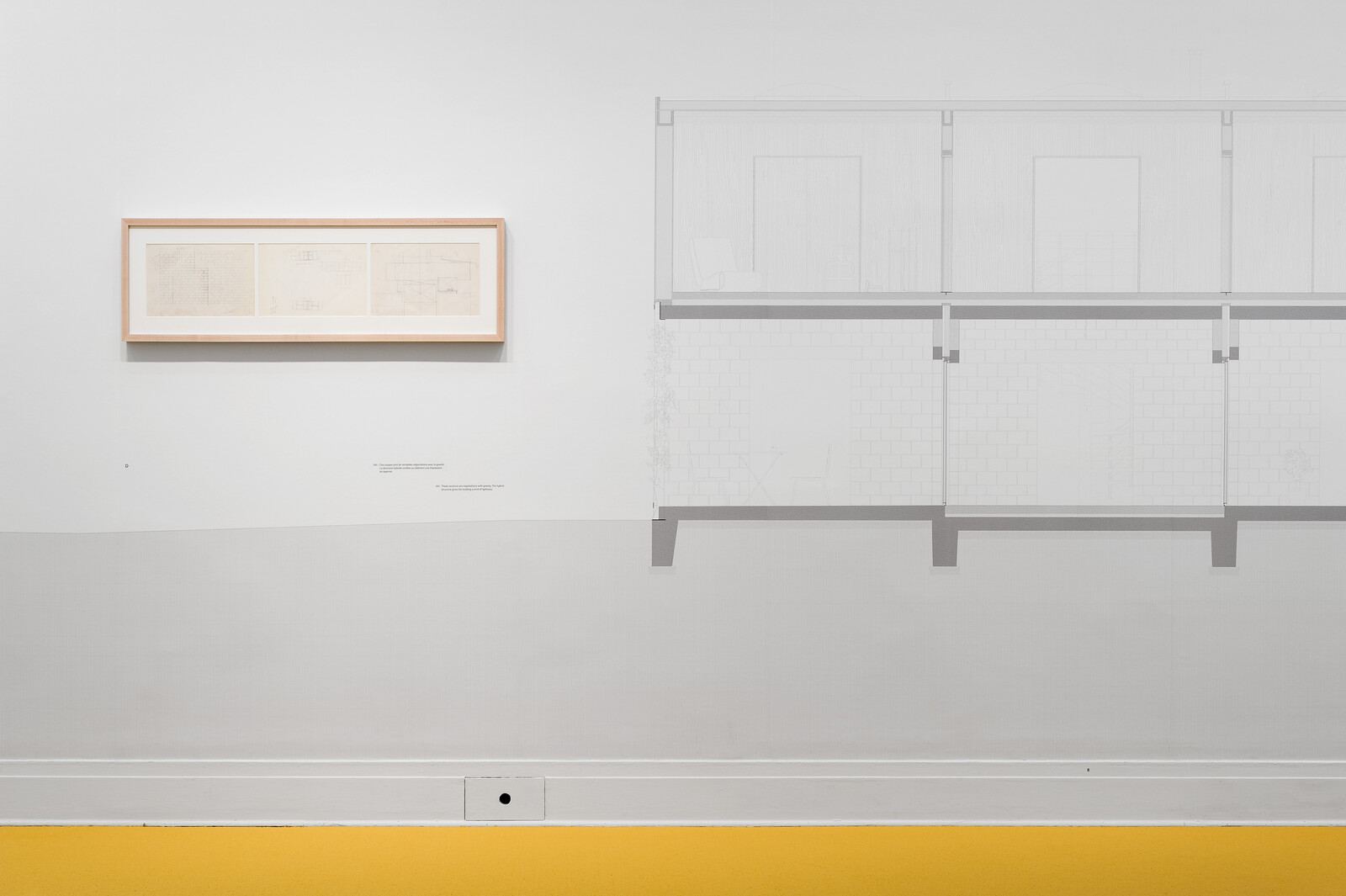
Besides, History: Go Hasegawa, Kersten Geers, David Van Severen, installation view, Canadian Centre for Architecture, 2017. Photo © CCA.
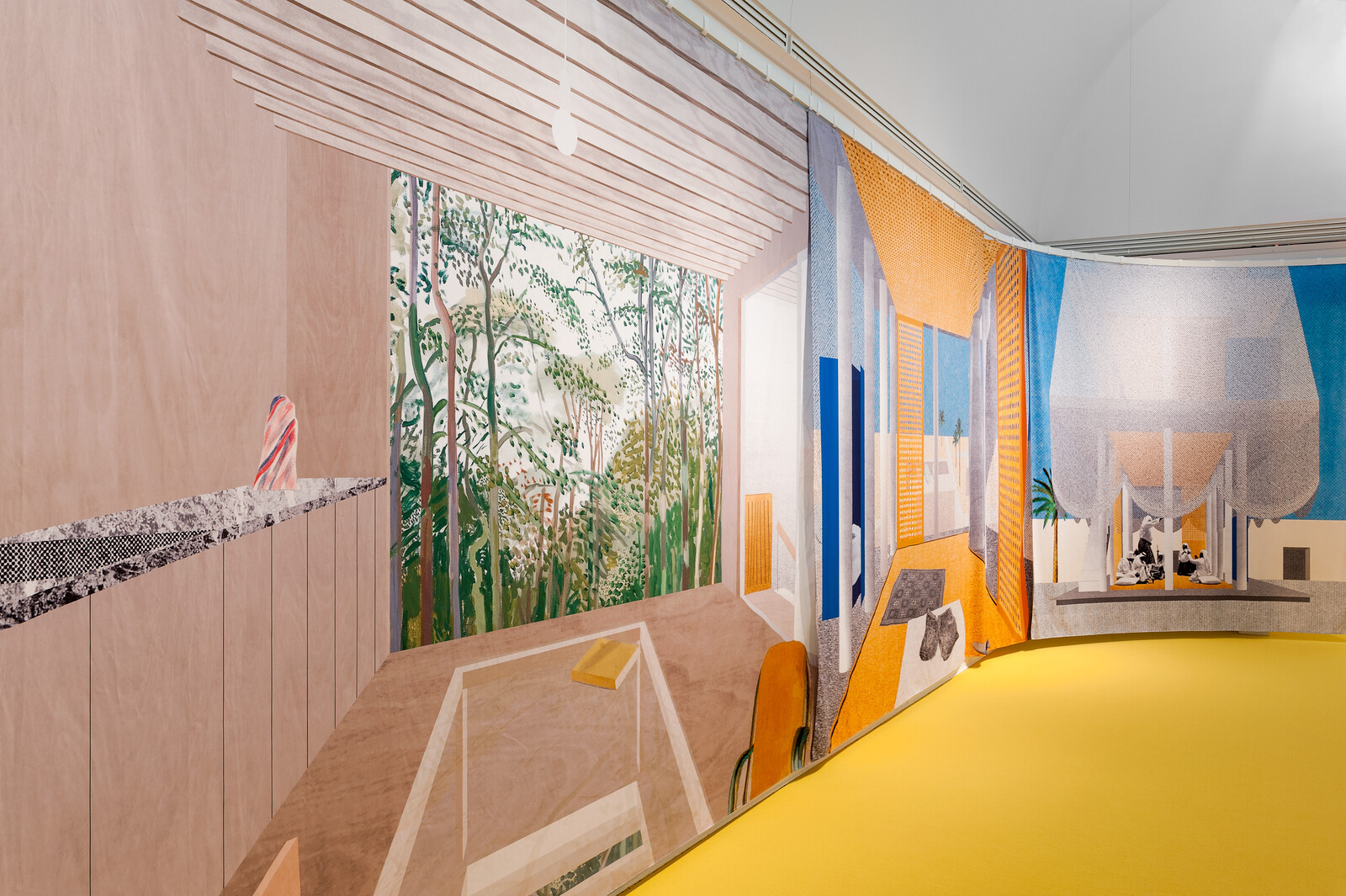
Besides, History: Go Hasegawa, Kersten Geers, David Van Severen, installation view, Canadian Centre for Architecture, 2017. Photo © CCA.
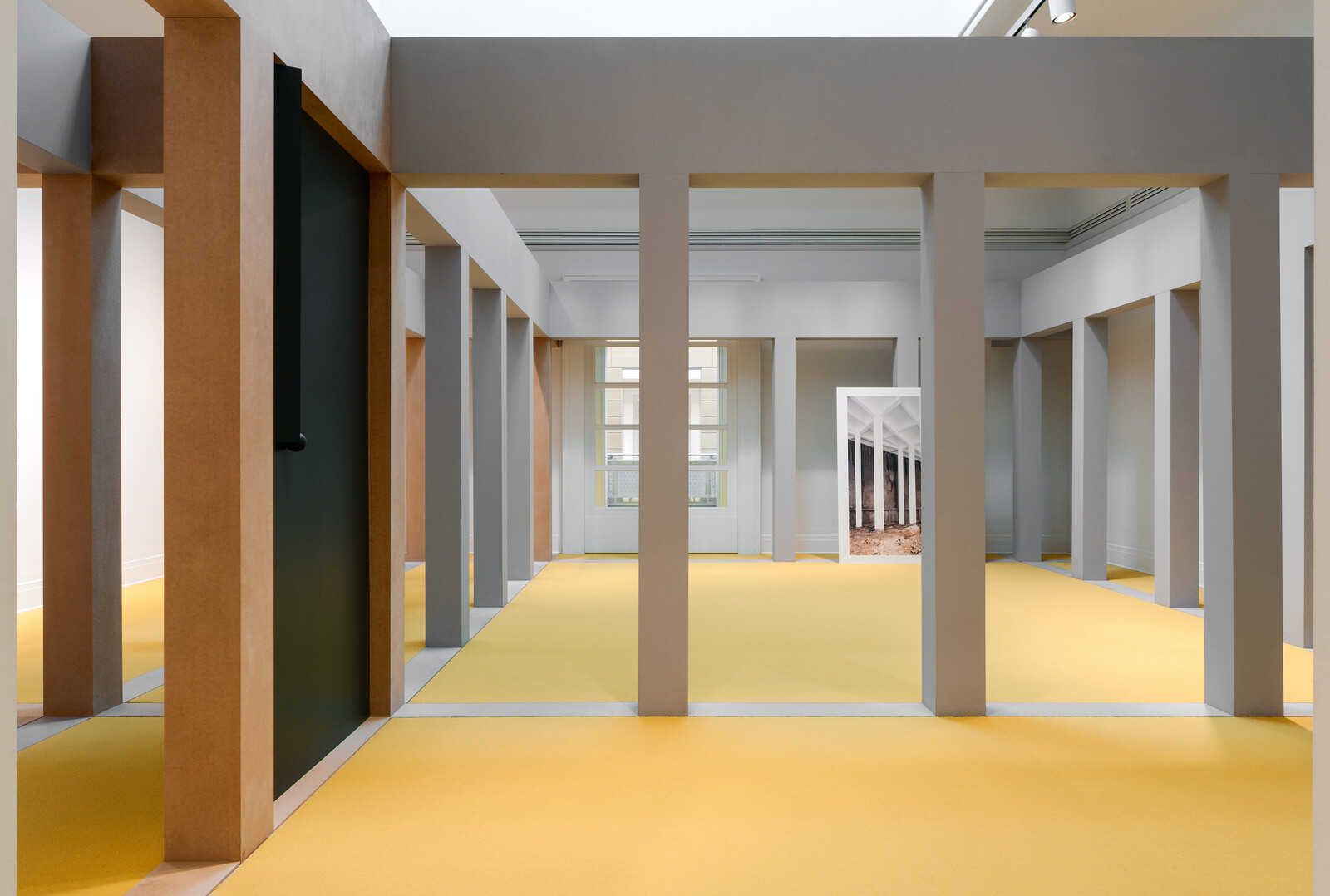
Besides, History: Go Hasegawa, Kersten Geers, David Van Severen, installation view, Canadian Centre for Architecture, 2017. Photo © CCA.
Besides, History: Go Hasegawa, Kersten Geers, David Van Severen, installation view, Canadian Centre for Architecture, 2017. Photo © CCA.
NA If we were talking about audience before, could I ask you to take these two exhibitions as reference points and speak about how architecture was represented, and thus questions of accessibility? I imagine that in The Other Architect, much of what was on the walls was not traditional architectural material, but more popular forms of media, whereas with Besides, History, I wonder what someone who is not an architect, who was not trained to read architectural intent through the medium of drawings, would get from going to the exhibition.
GB I have to say that what surprised me it that actually, the end result was the opposite. In The Other Architect, even if the material we displayed was apparently more approachable, the quantity of objects displayed, and the fact that many were archival holdings—which are not terribly visually compelling, and might be difficult to approach—made the exhibition challenging to access without time and sustained engagement. I imagined that people would have loved to immerse themselves within primary sources, letters exchanges, sketches, and behind the scene or preparatory materials, but this was not the case, or at least not for everyone. So in the end, the public that really engaged with it were “archive fans,” architects or historians. For Besides, History, the strongest impact was actually on the general public—if we could still use that term. The fact that text was very scarce, that things were simplified on a visual level, with the different galleries consistently organized around one mode of representation—a gallery of plans, of sections, of models, of perspectives—and that we built a fragment of a building in scale 1:1, made it so that people could immerse themselves in experiencing what architecture is and how architects arrive at their designs.
NH To me, the most interesting architects always had this problem of self-explanation. It’s questionable what architects do, seen from the outside, from society at-large. And as the title of The Other Architect addresses, there is always a potential that things can be, and maybe have to be different. Questioned, at least.
GB One of the critiques we received about that exhibition’s title is that, if there is “an other architect,” we are assuming that there is “an architect.” In fact, many of the architects that were in The Other Architect were there just because they tackled a problem in a different way. Charles Moore, for instance, invented the Designathon, a TV call-in program as a new shared planning model for new communities or small towns in the US. Or Eyal Weizman, who founded Forensic Architecture to apply the architect’s expertise to legal justice investigations and inform its future evidentiary procedures. I never imagined a kind of separation, between an architect that builds and another that thinks. This kind of separation might have happened, but it’s highly unproductive, dangerous even. To me, the exhibition was more about the idea that, on the one hand, architects can touch on subjects that not everybody is used to seeing as an architectural problem, and on the other, that you can borrow tools from other practices to solve architectural issues. As an architect, it’s your responsibility to understand that you sometimes cannot rely on the traditional tools of an architect, and that you have to invent new ones. Maybe the building is not always the answer.
Positions is an independent initiative of e-flux Architecture.
Category
Subject
Positions is an initiative of e-flux Architecture. This interview took place during the e-flux conversation series Practice at Milano Arch Week 2018, held at the e-flux Teatrino pavilion designed by Matteo Ghidoni—Salottobuono, made with the help of the Friuli-Venezia-Giulia (FVG) Region and by Filiera del Legno FVG (with the coordination of Regione FVG and Innova FVG).
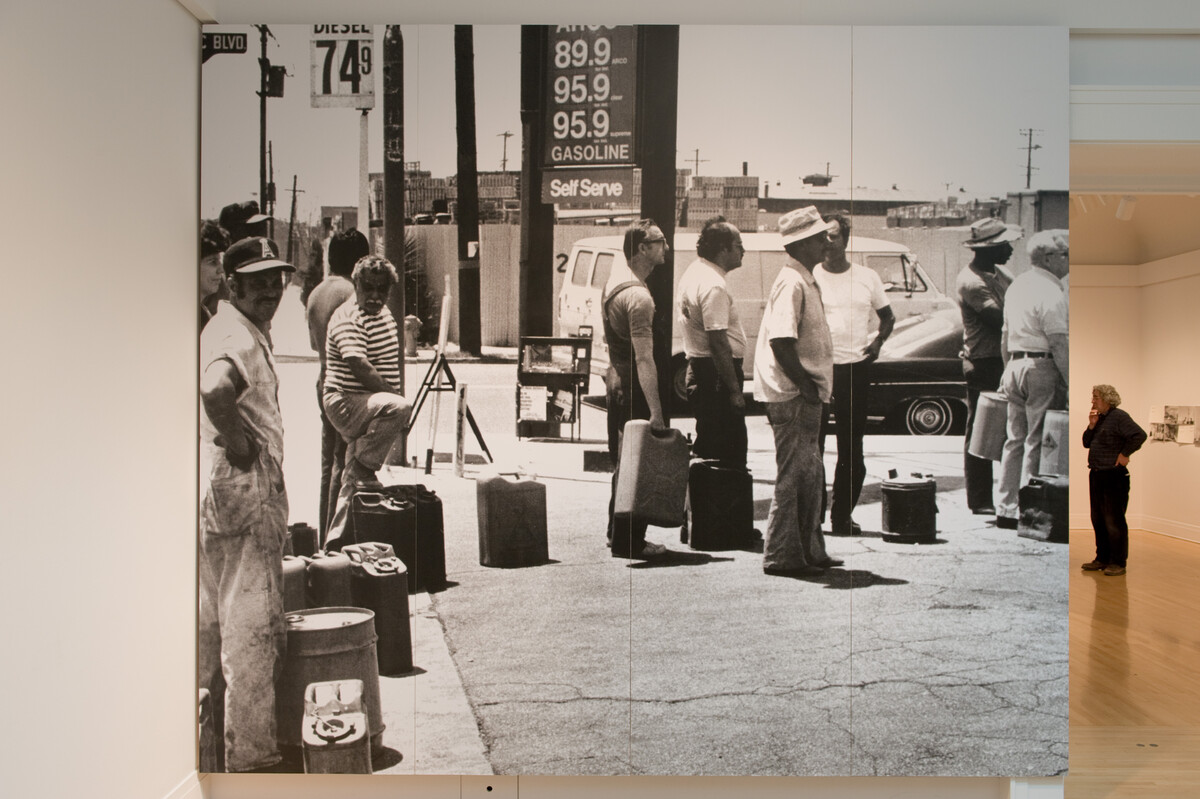
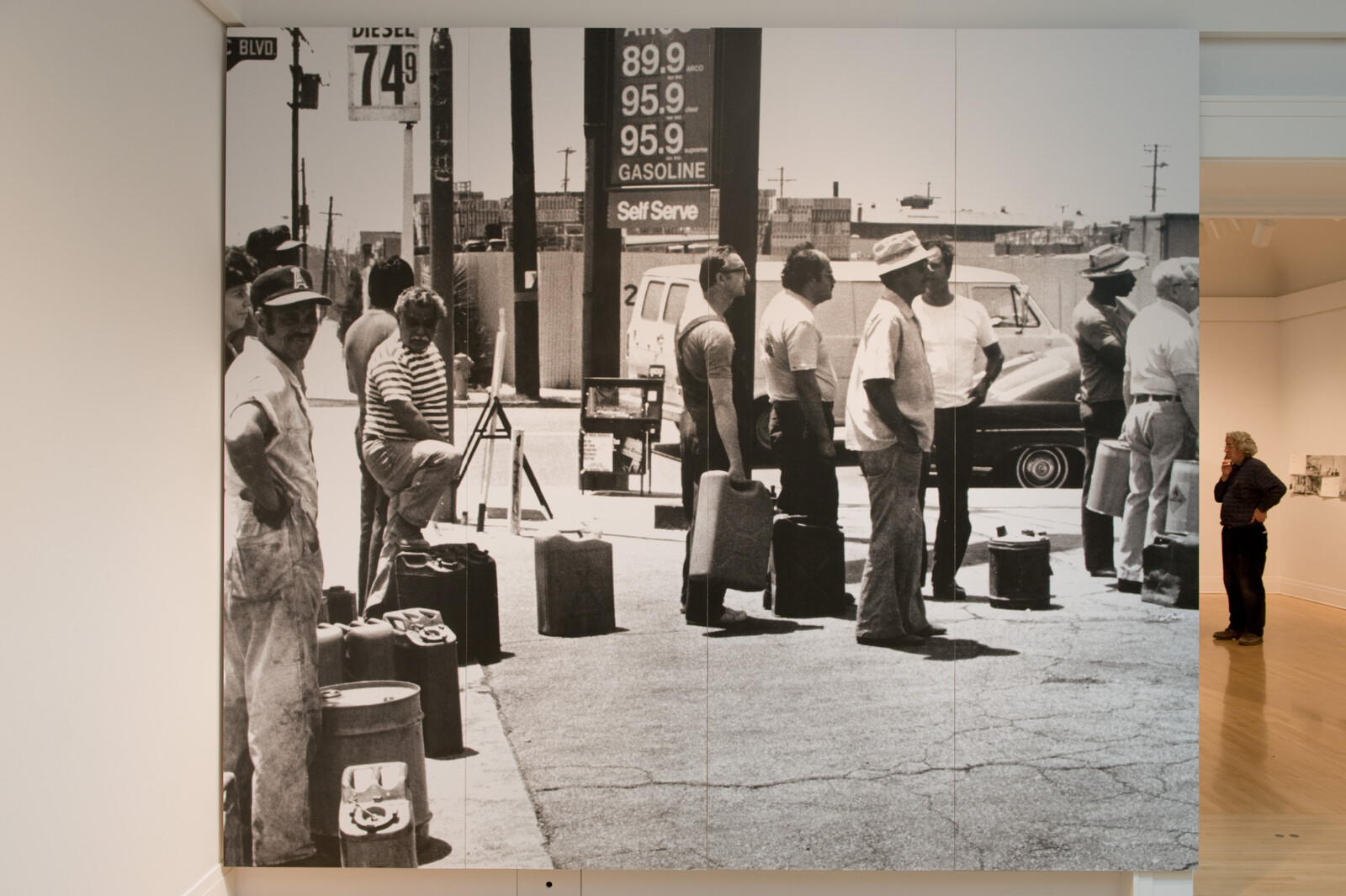




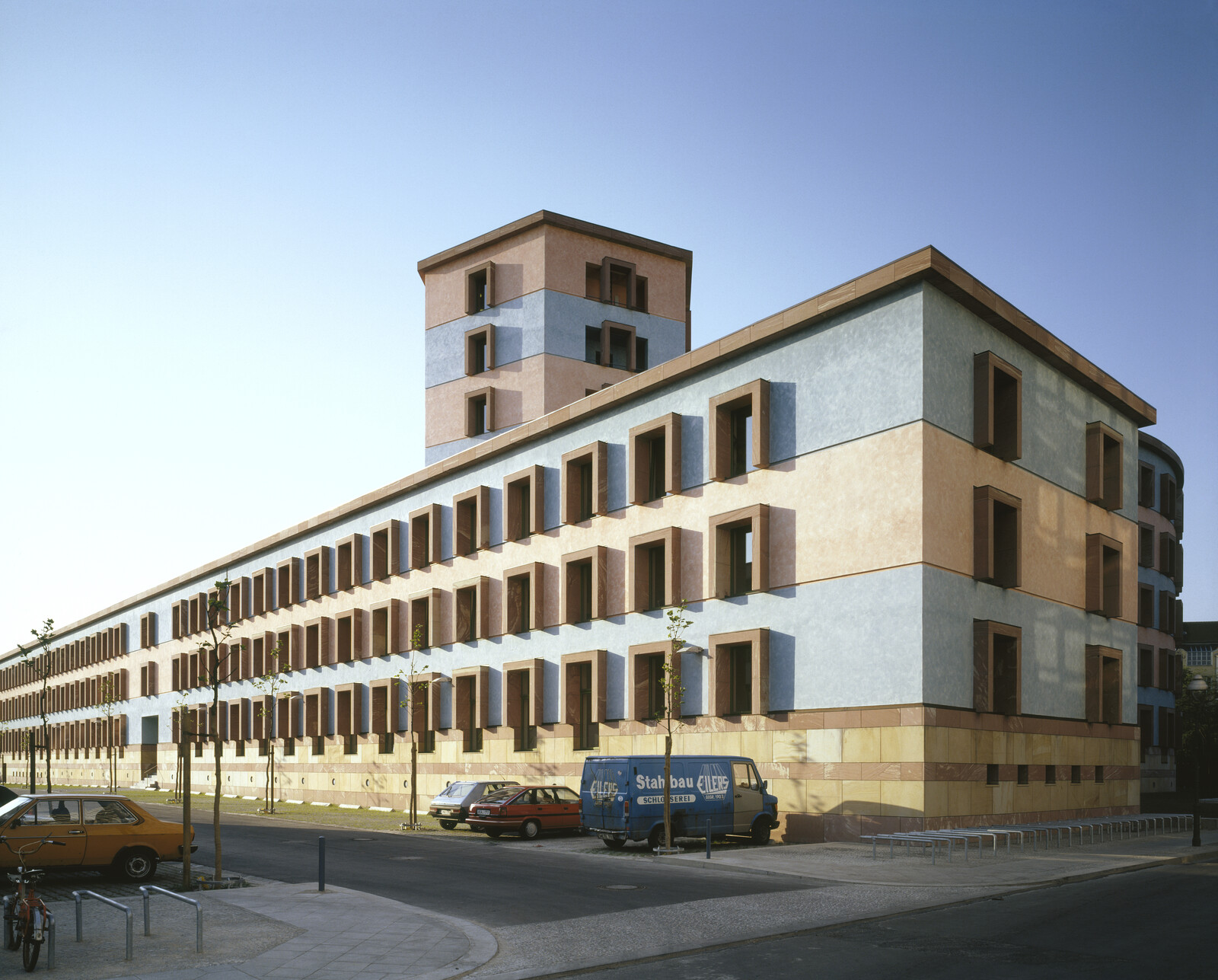
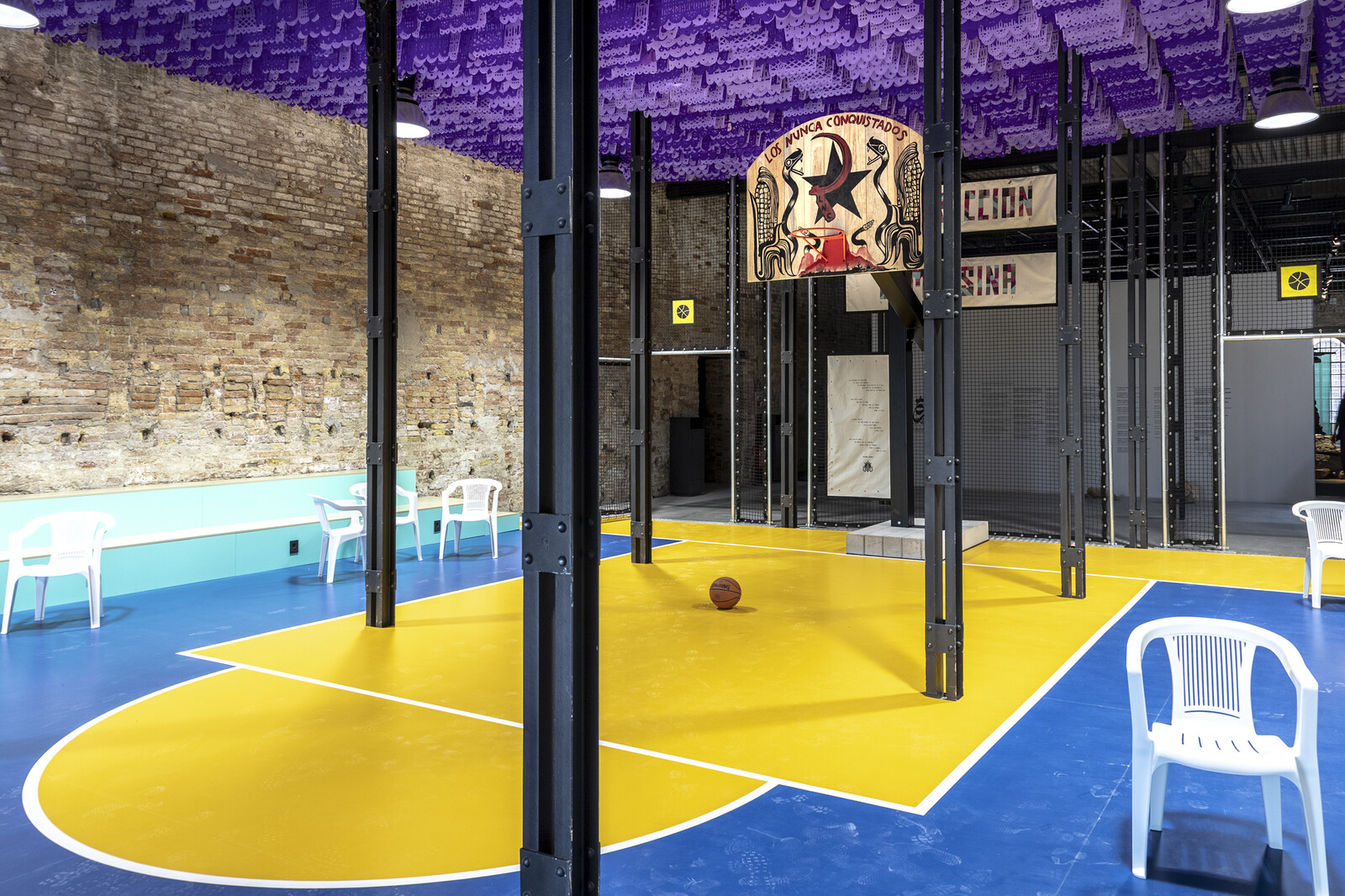
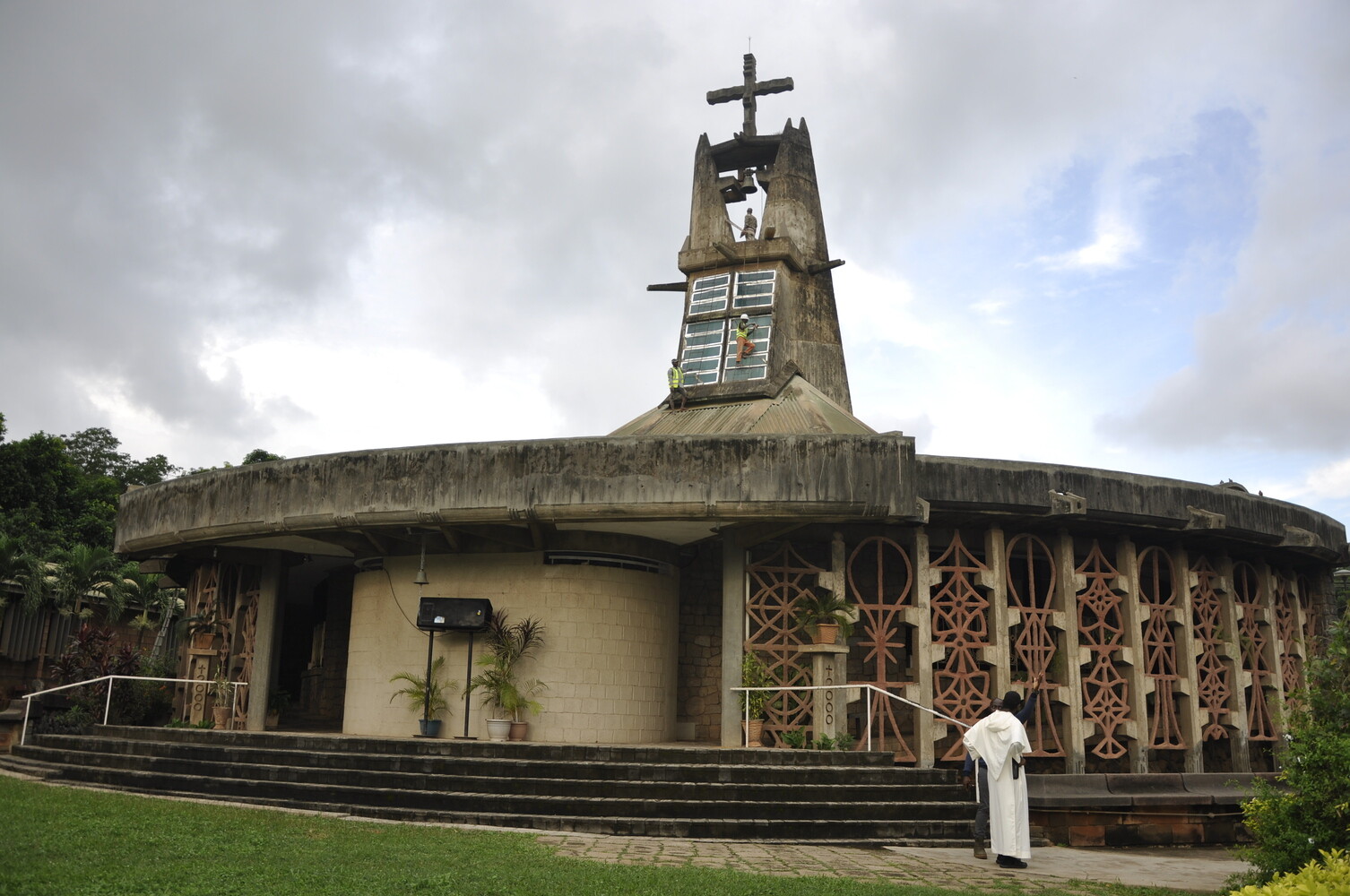
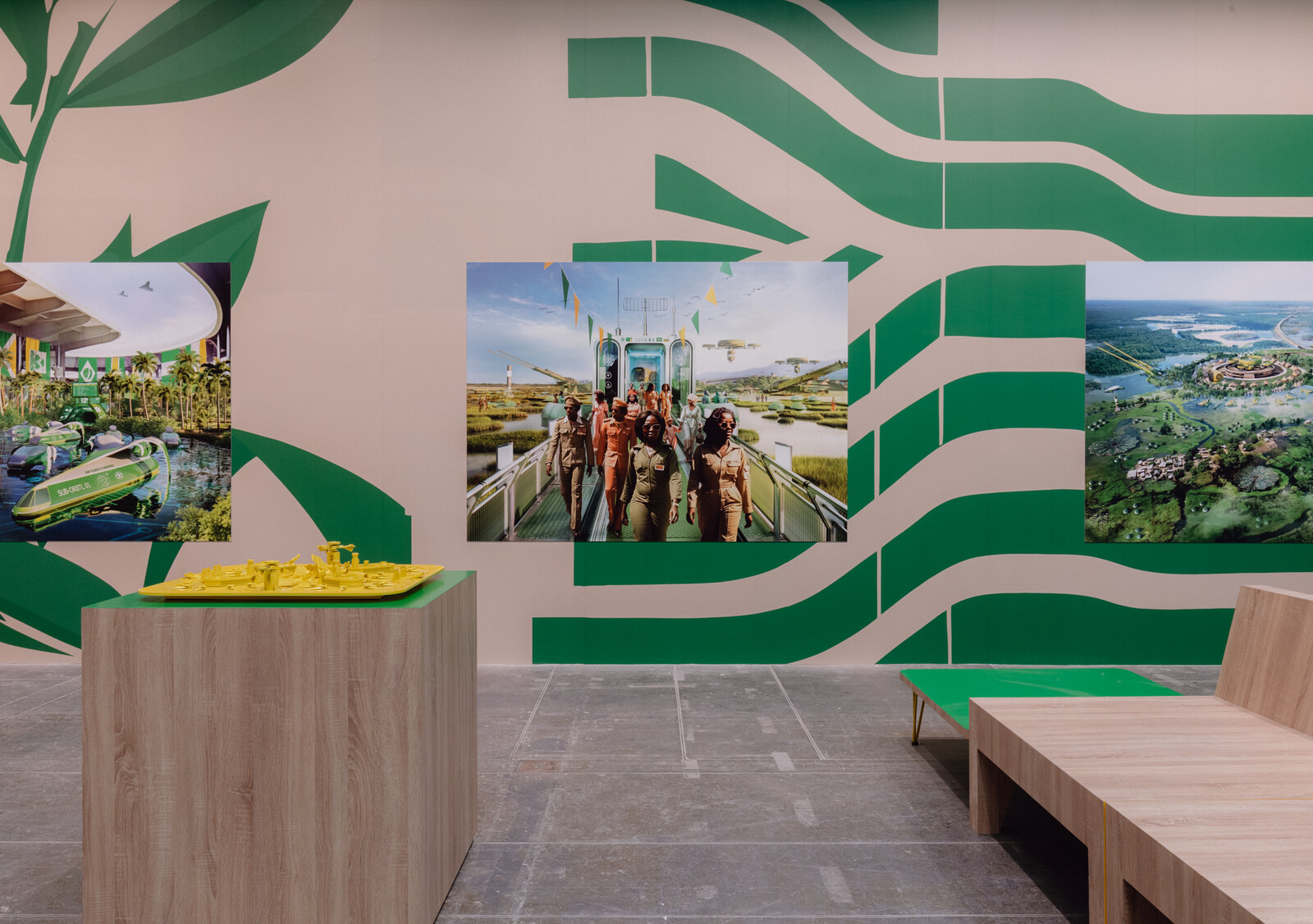
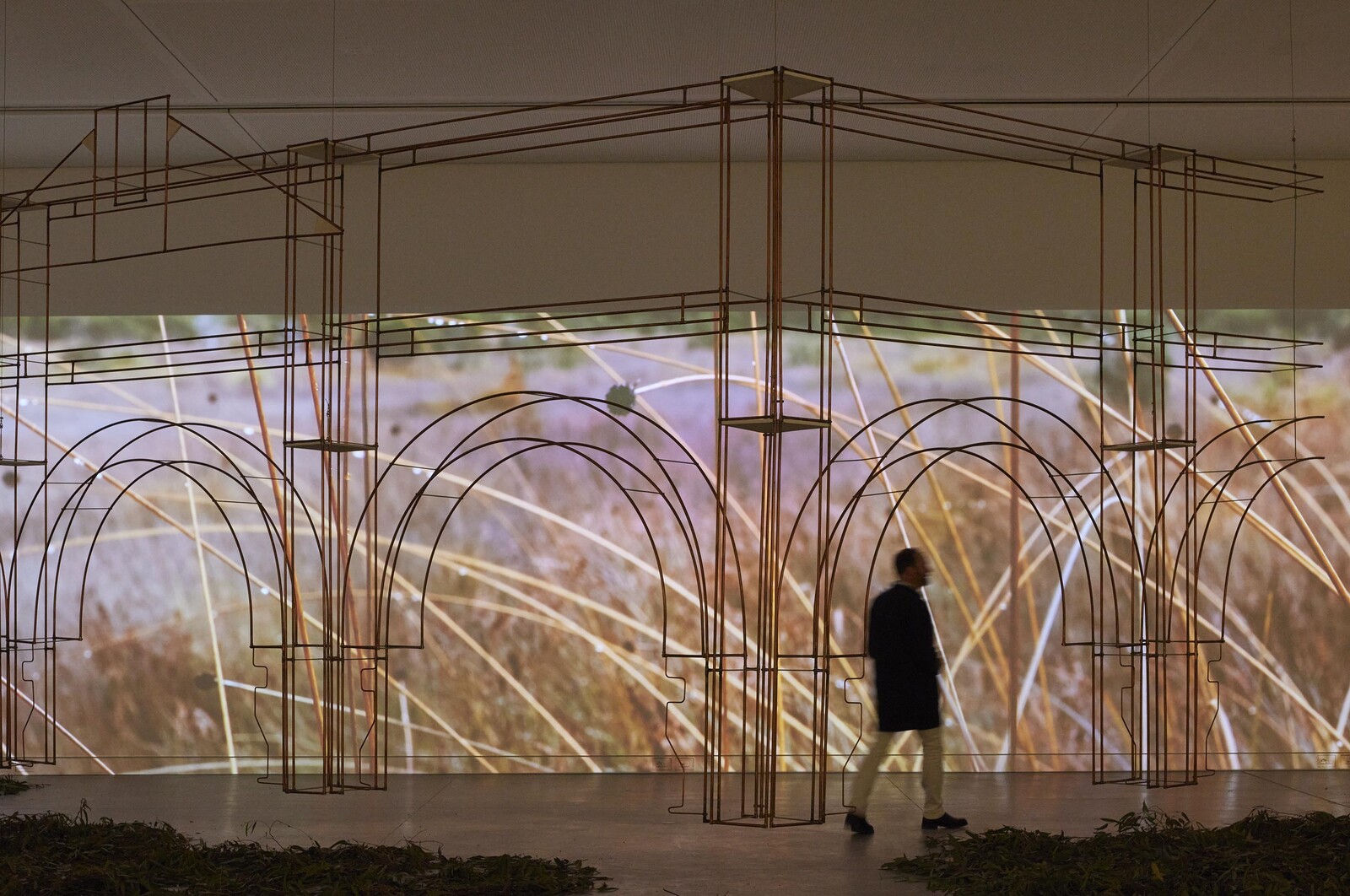

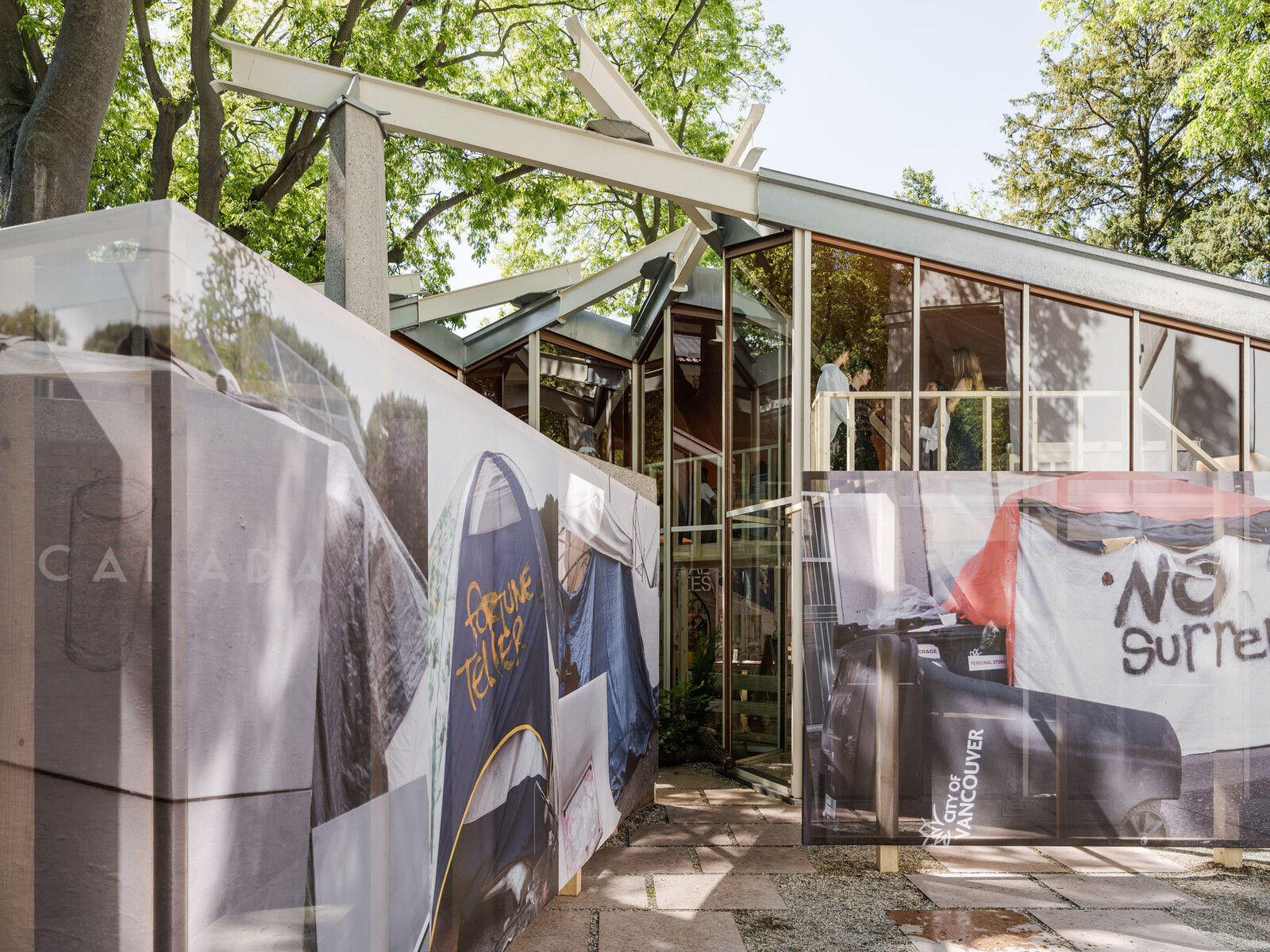
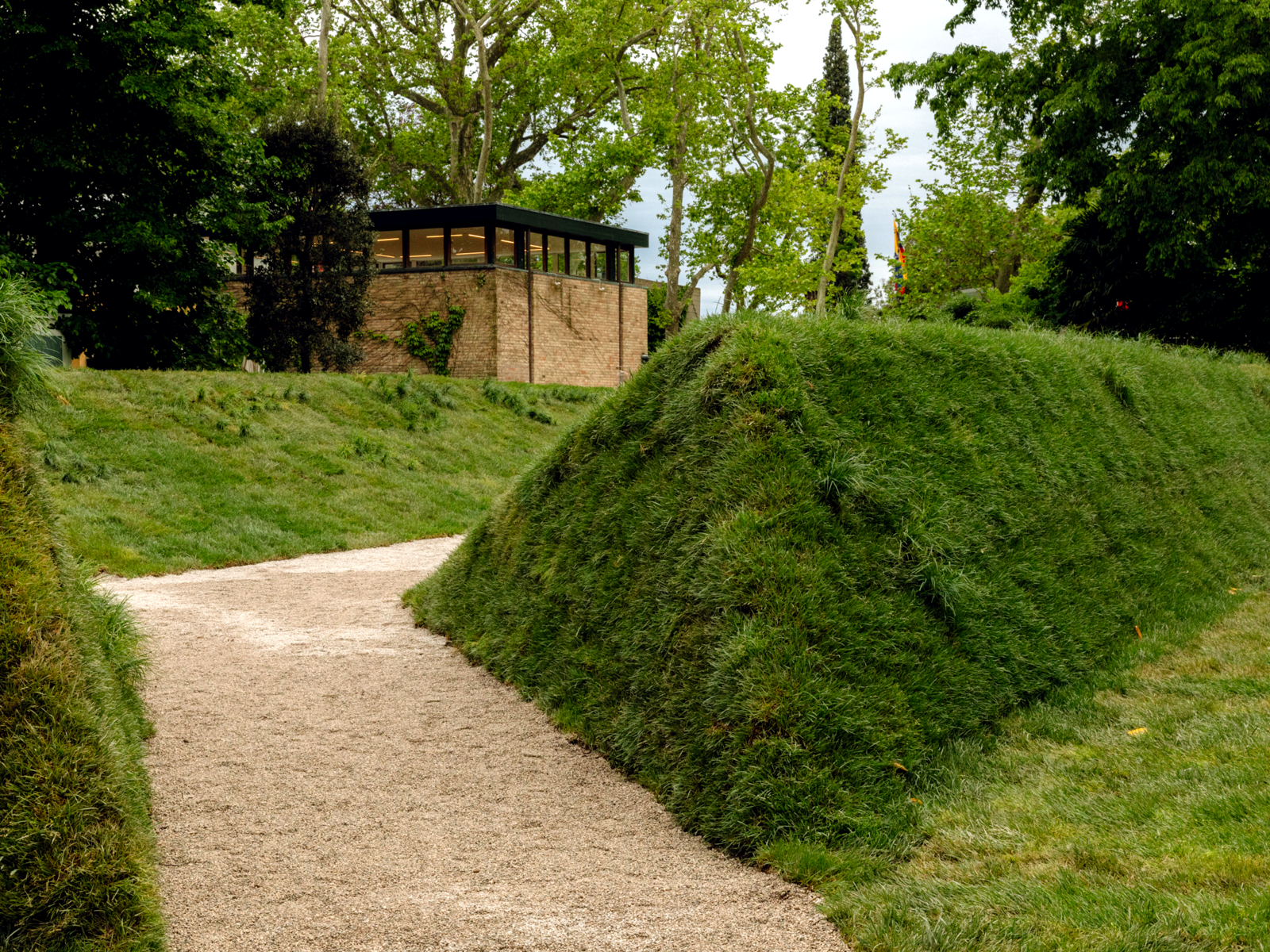


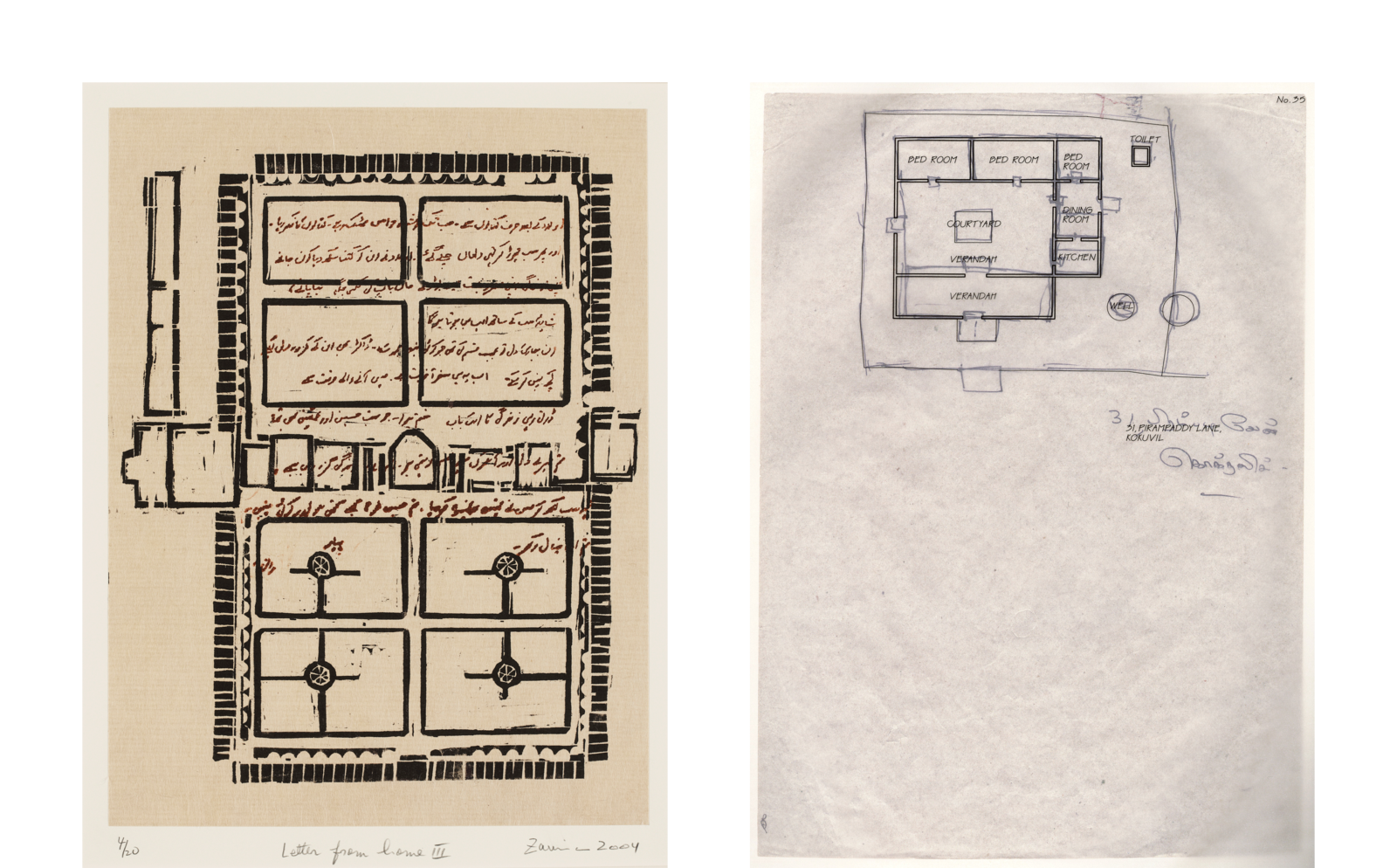

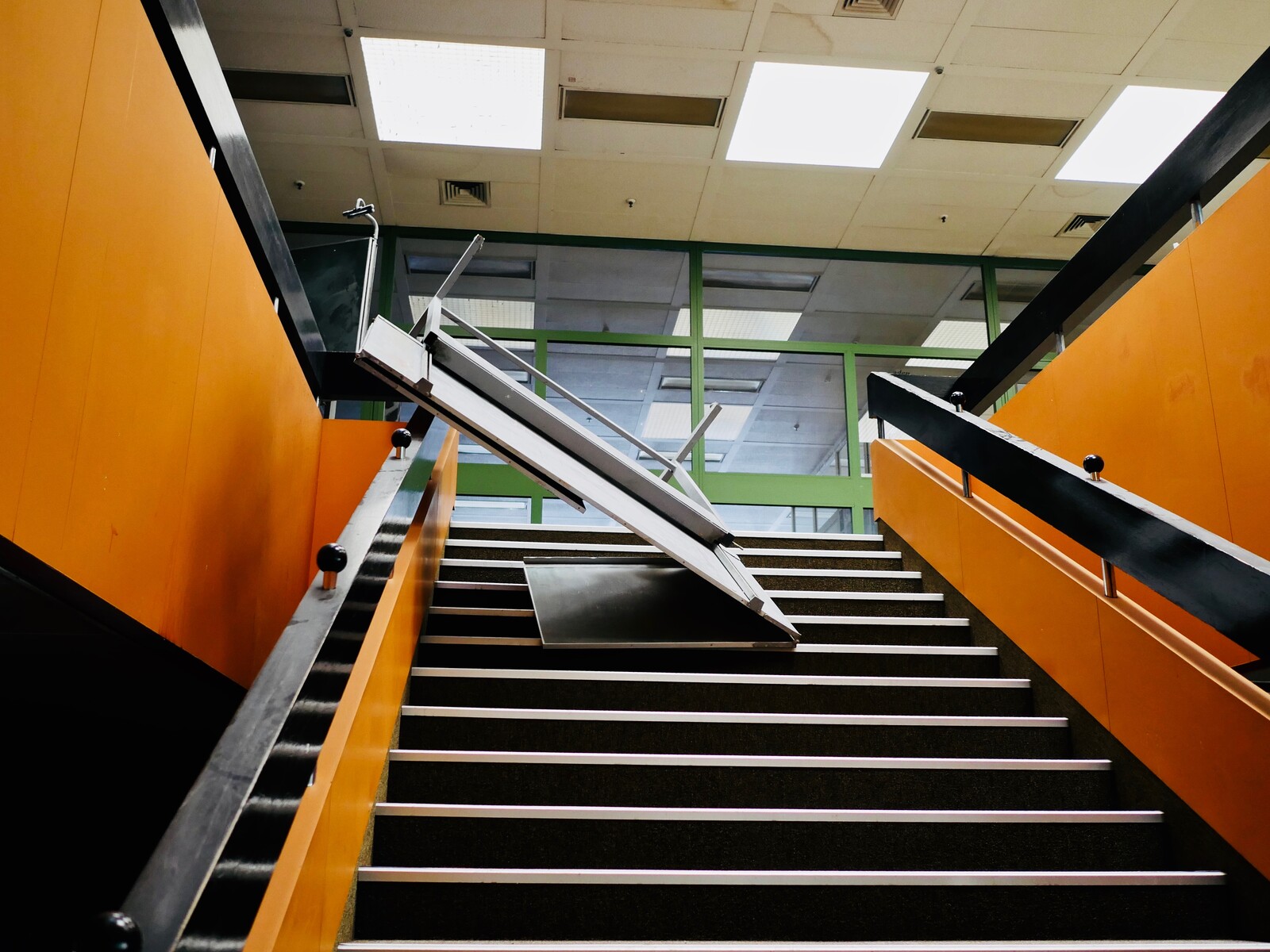
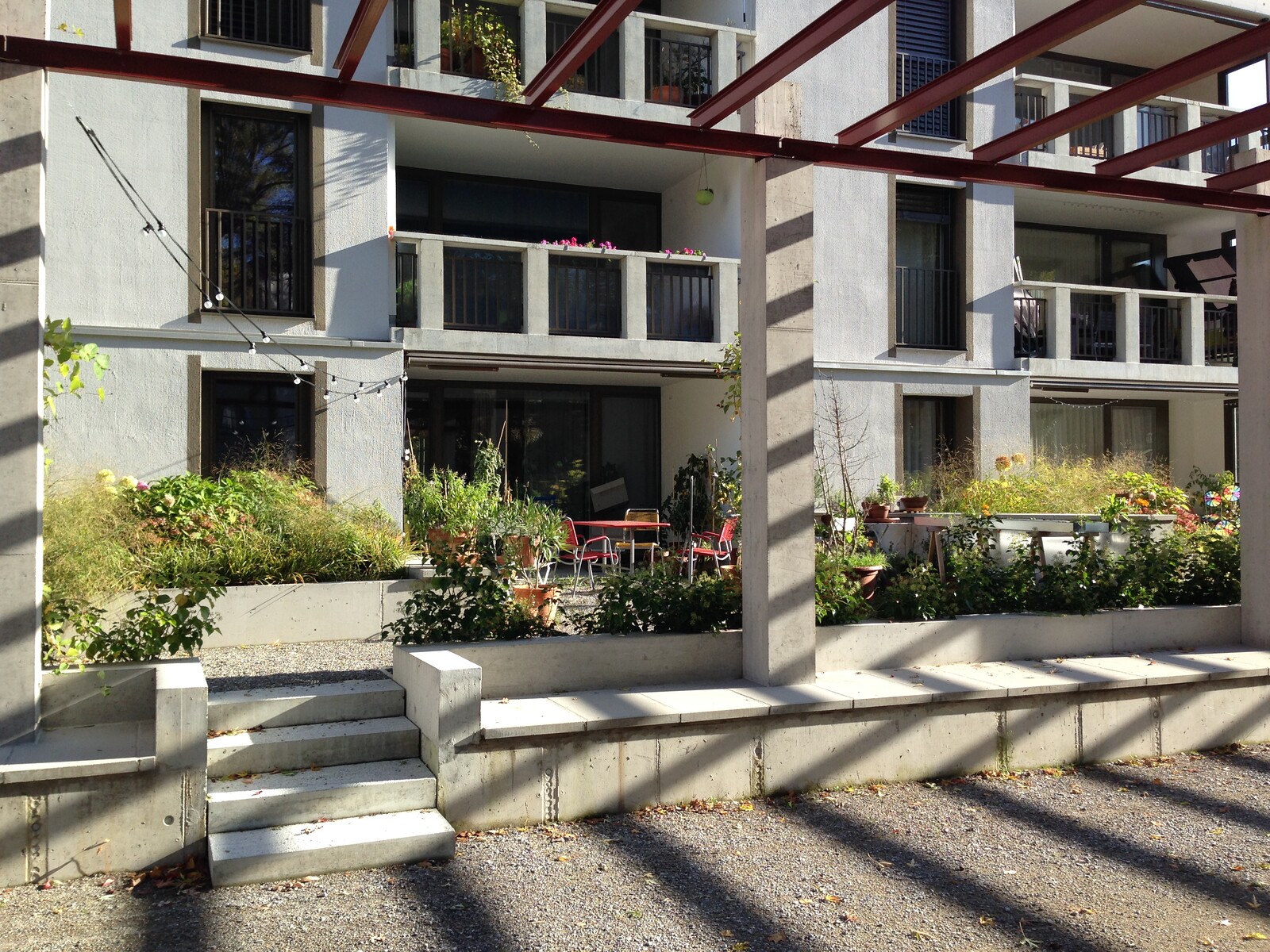
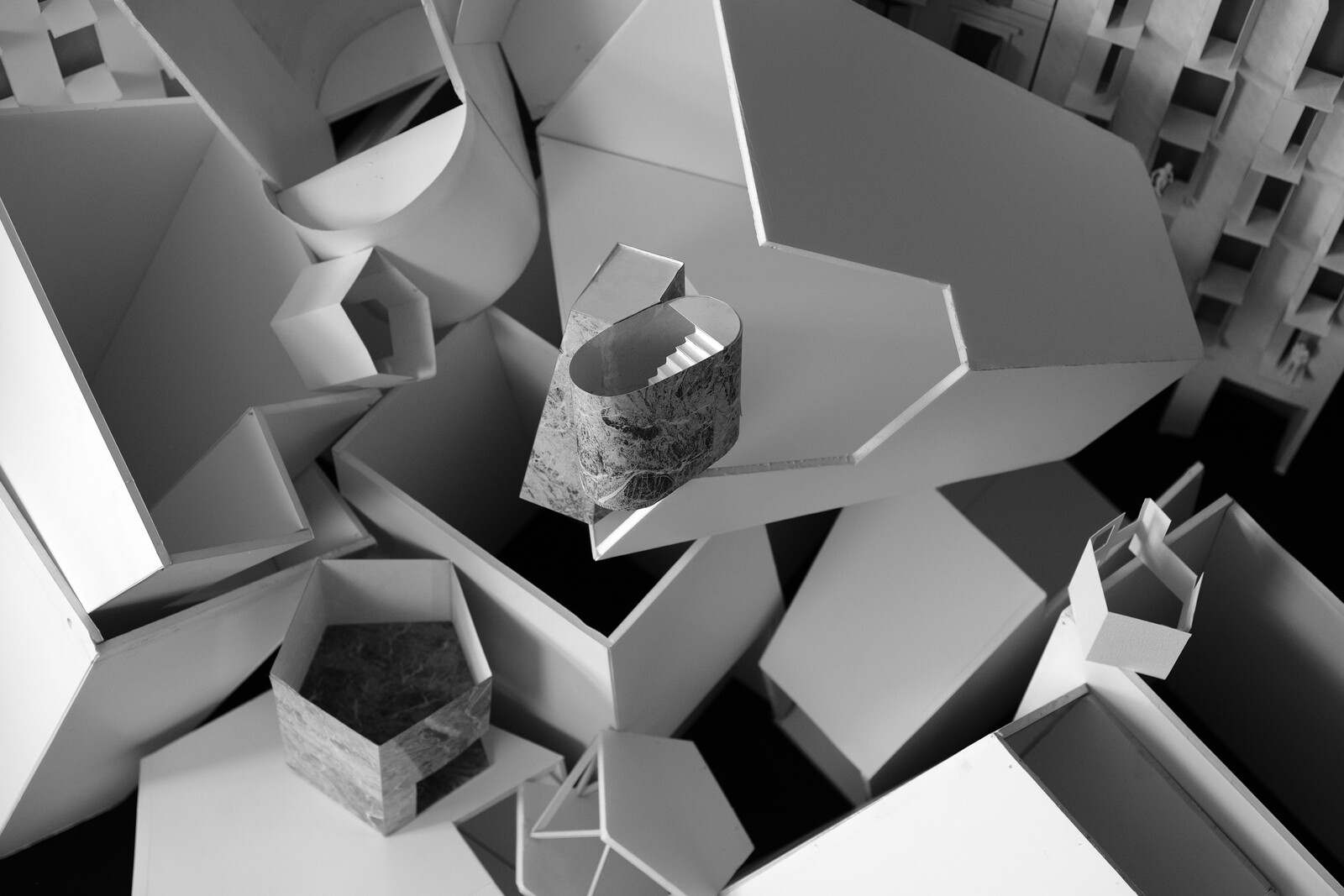
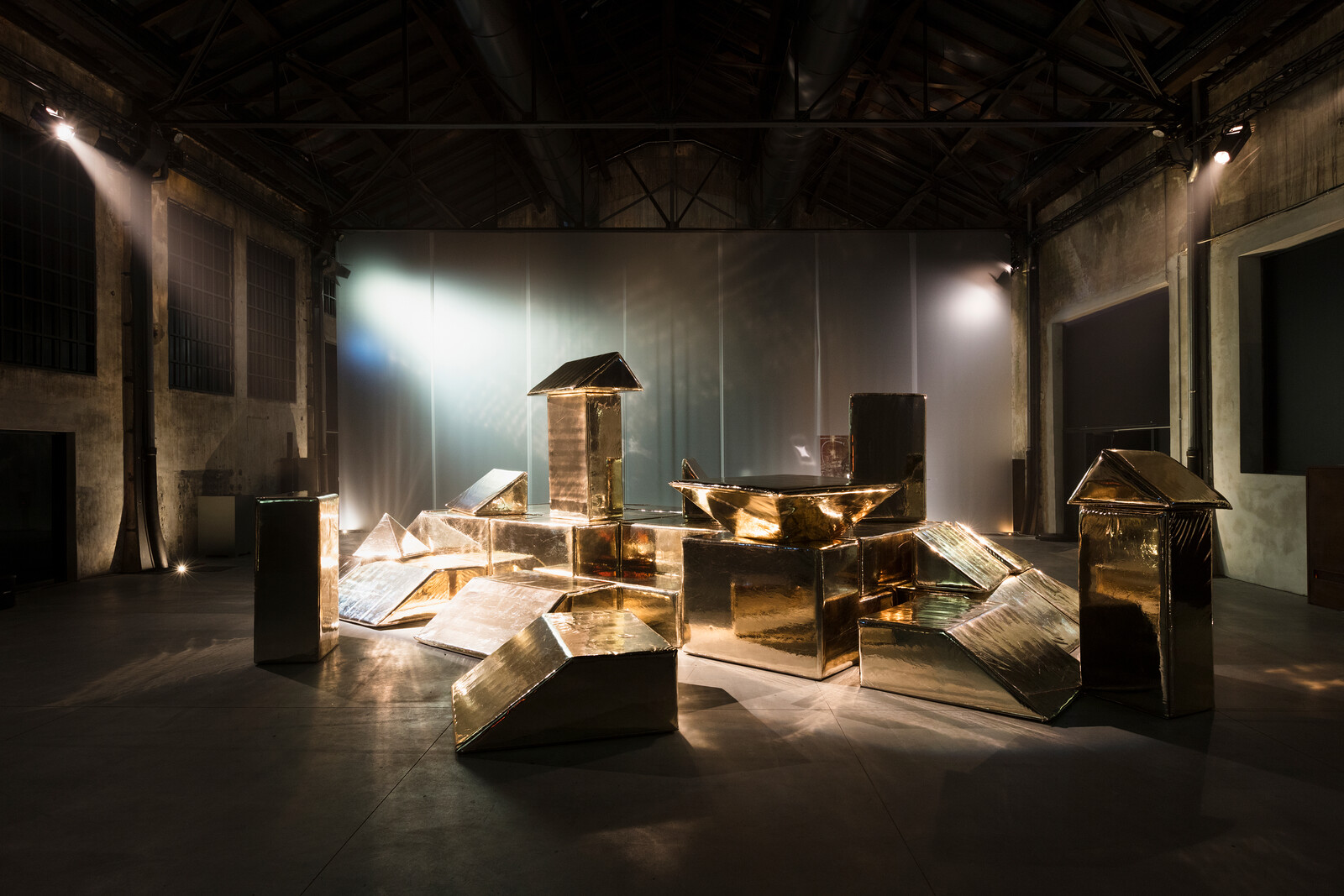

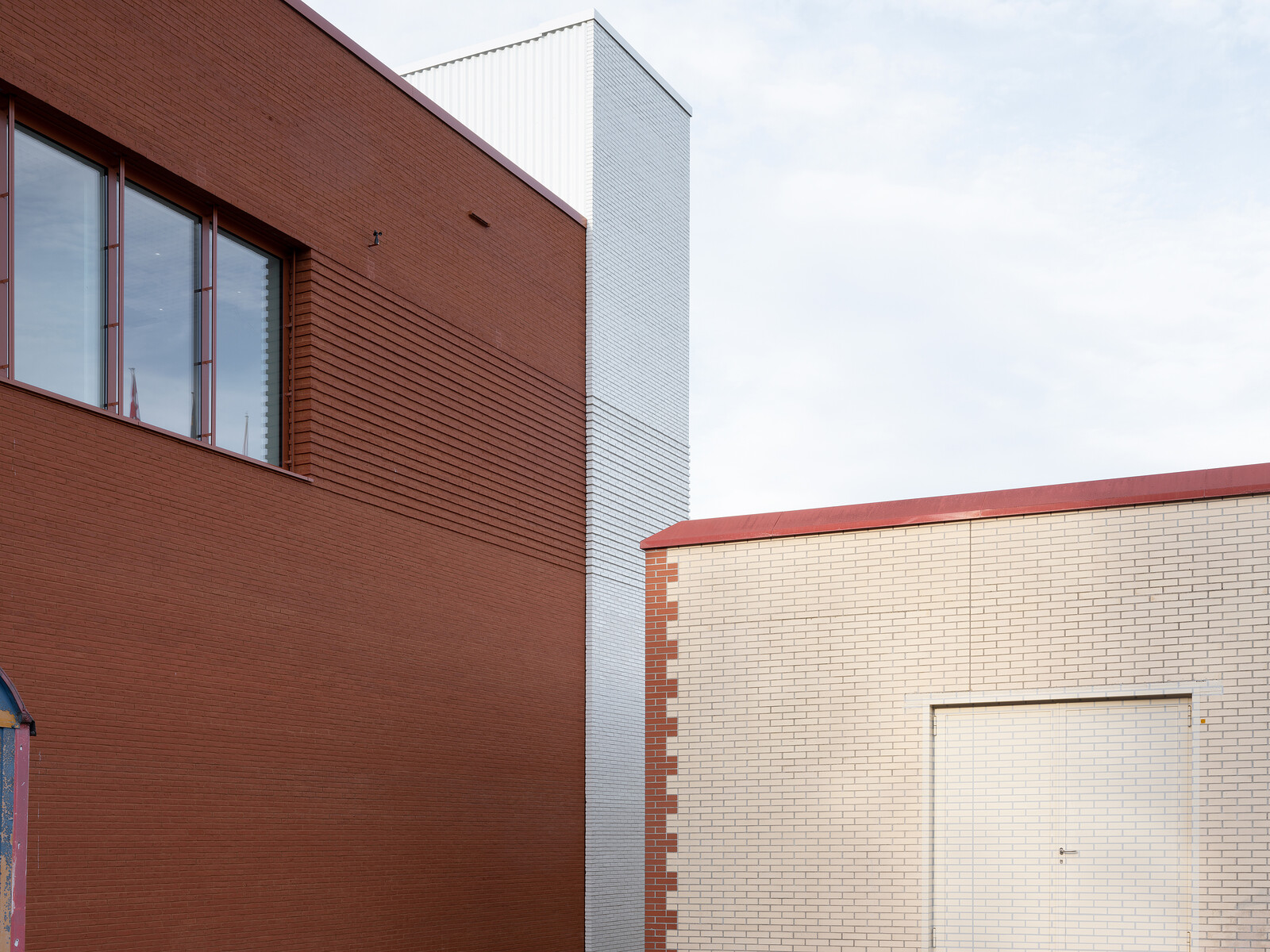
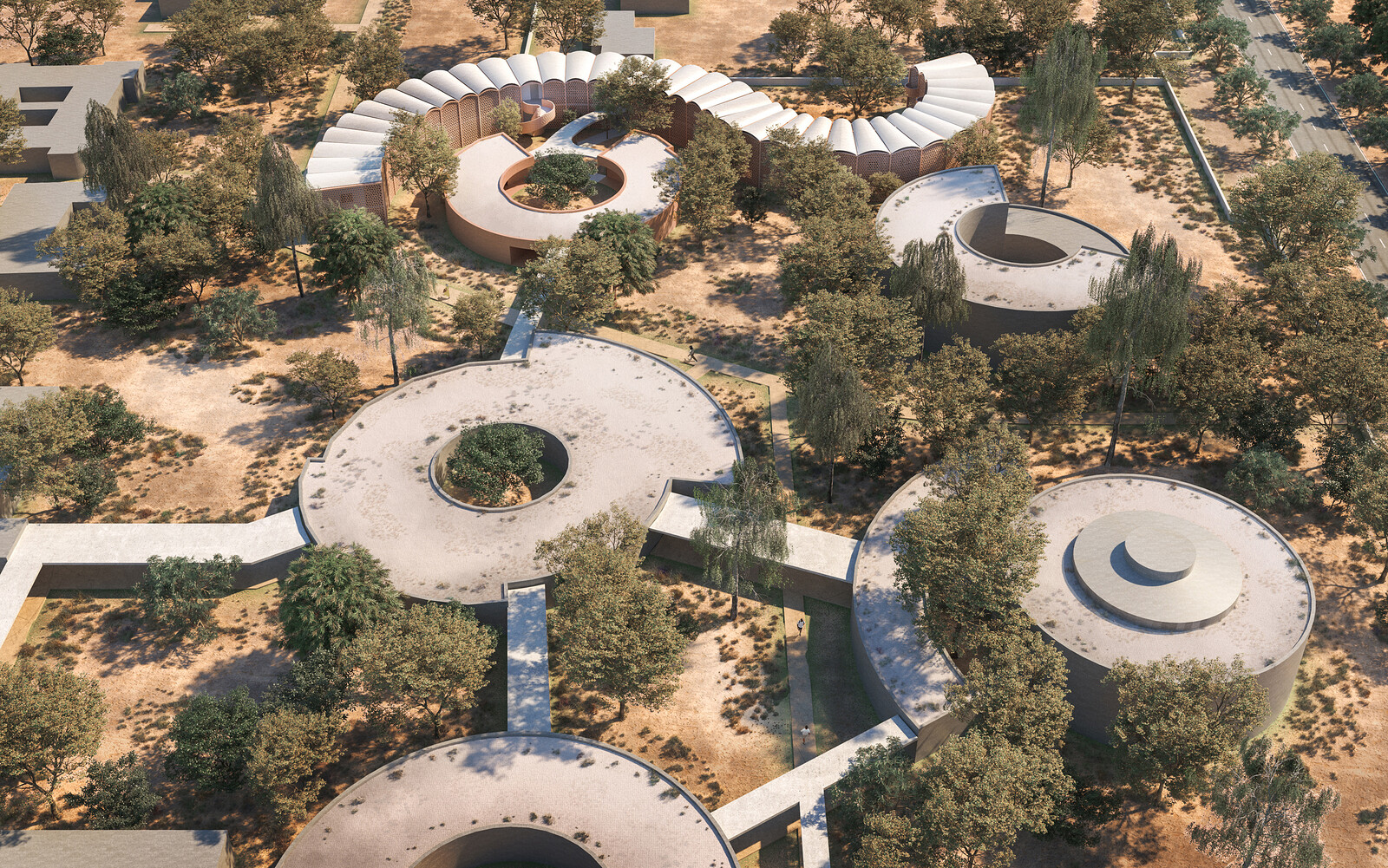



(2014).jpg,1600)

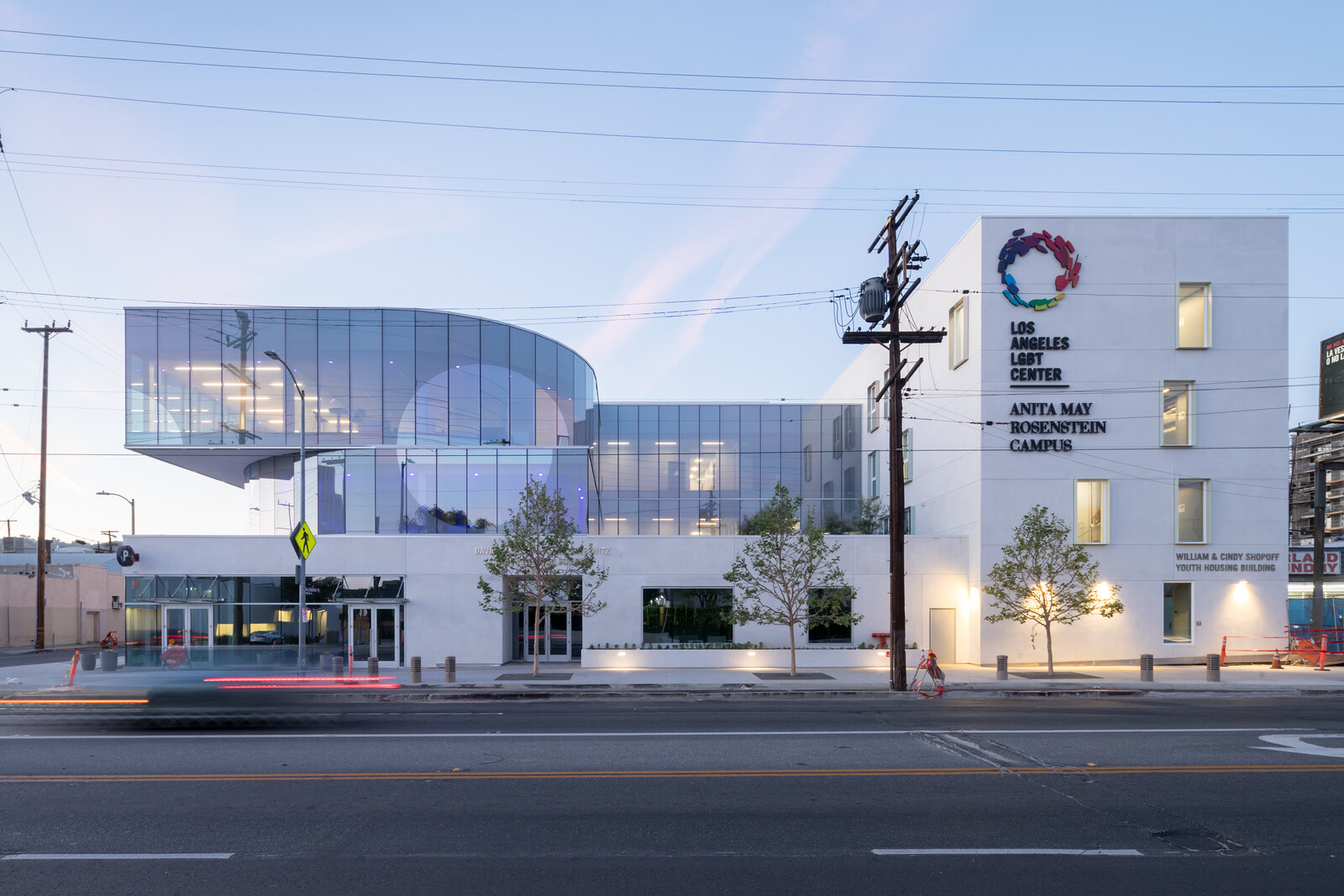
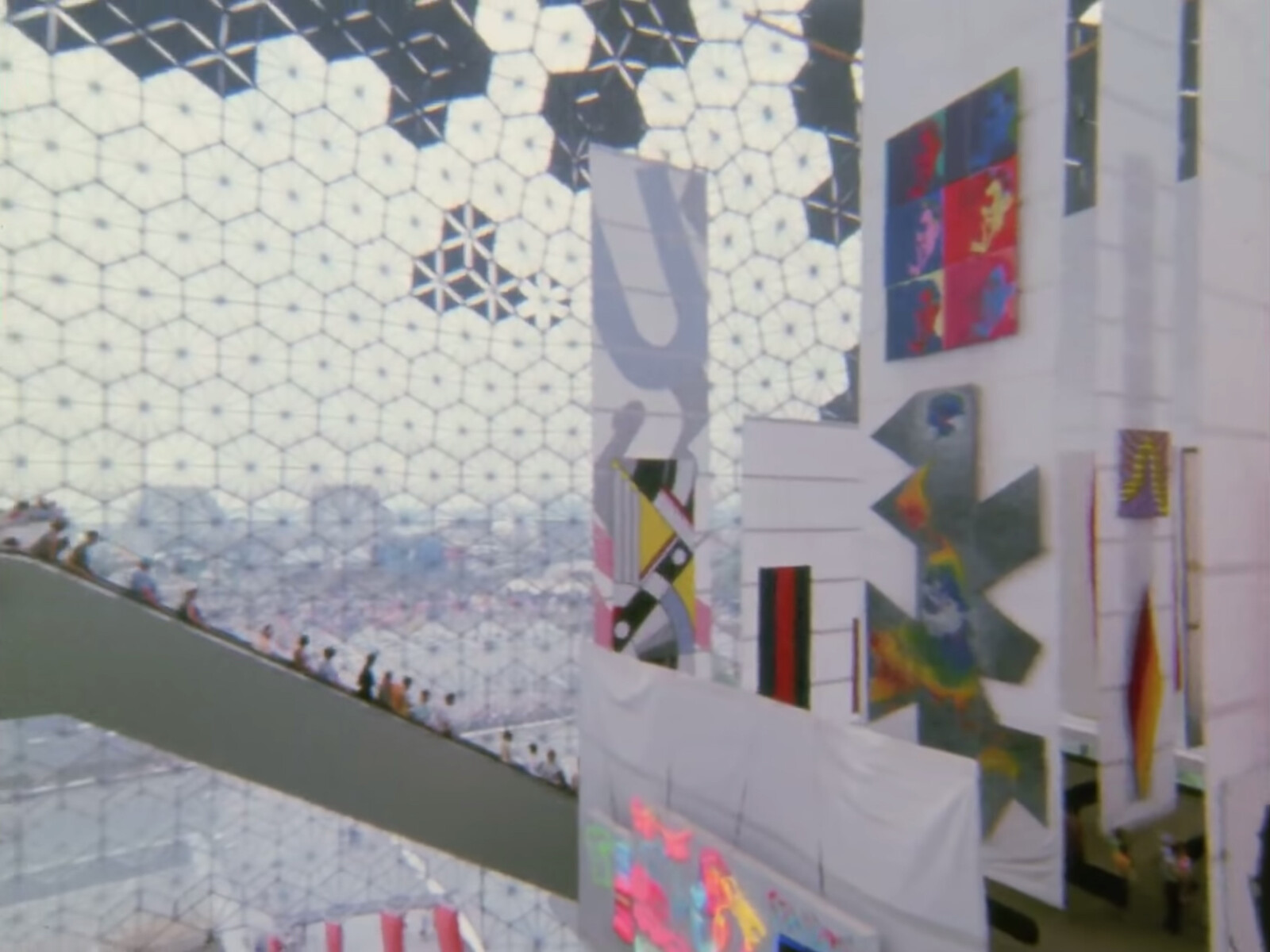

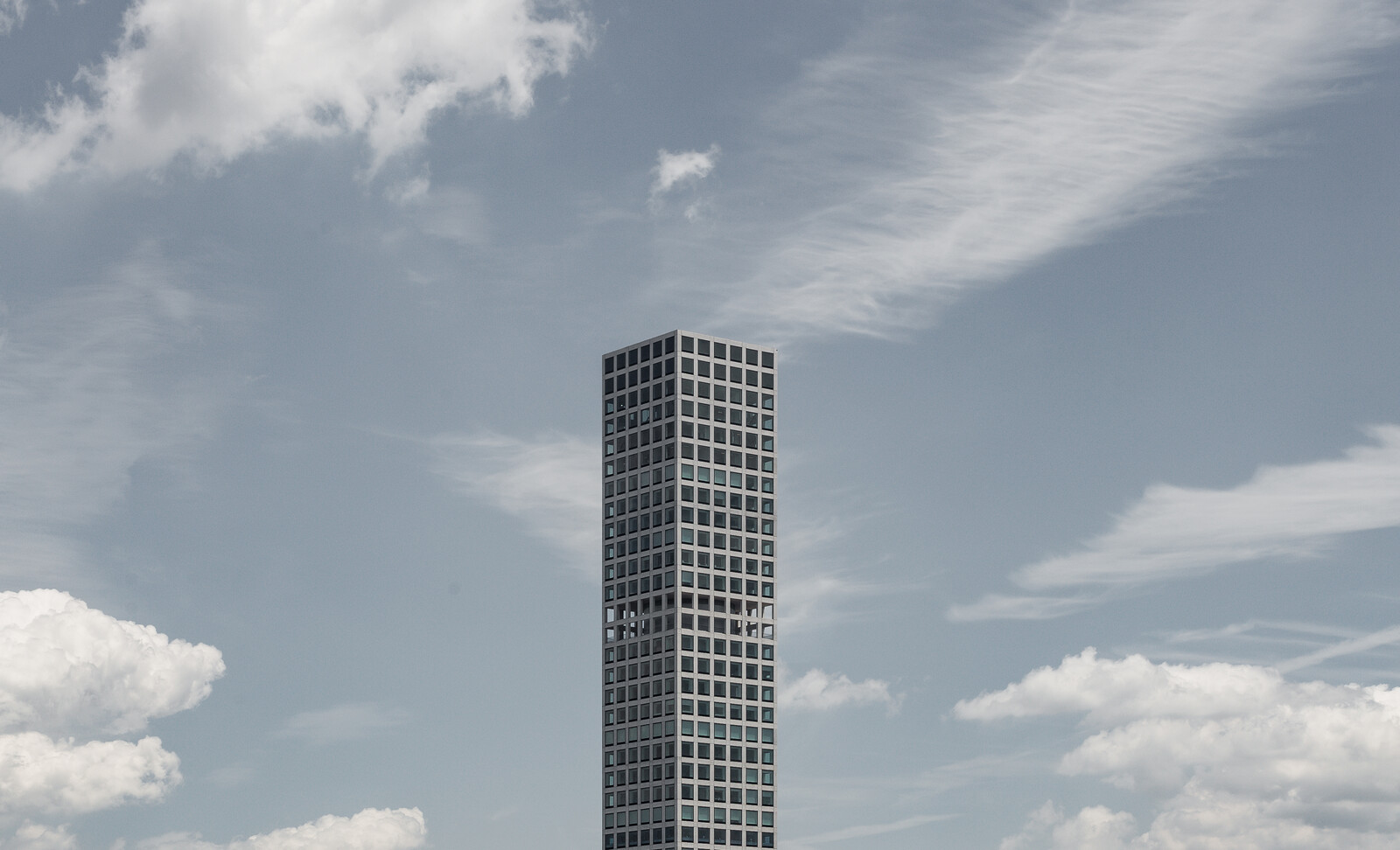
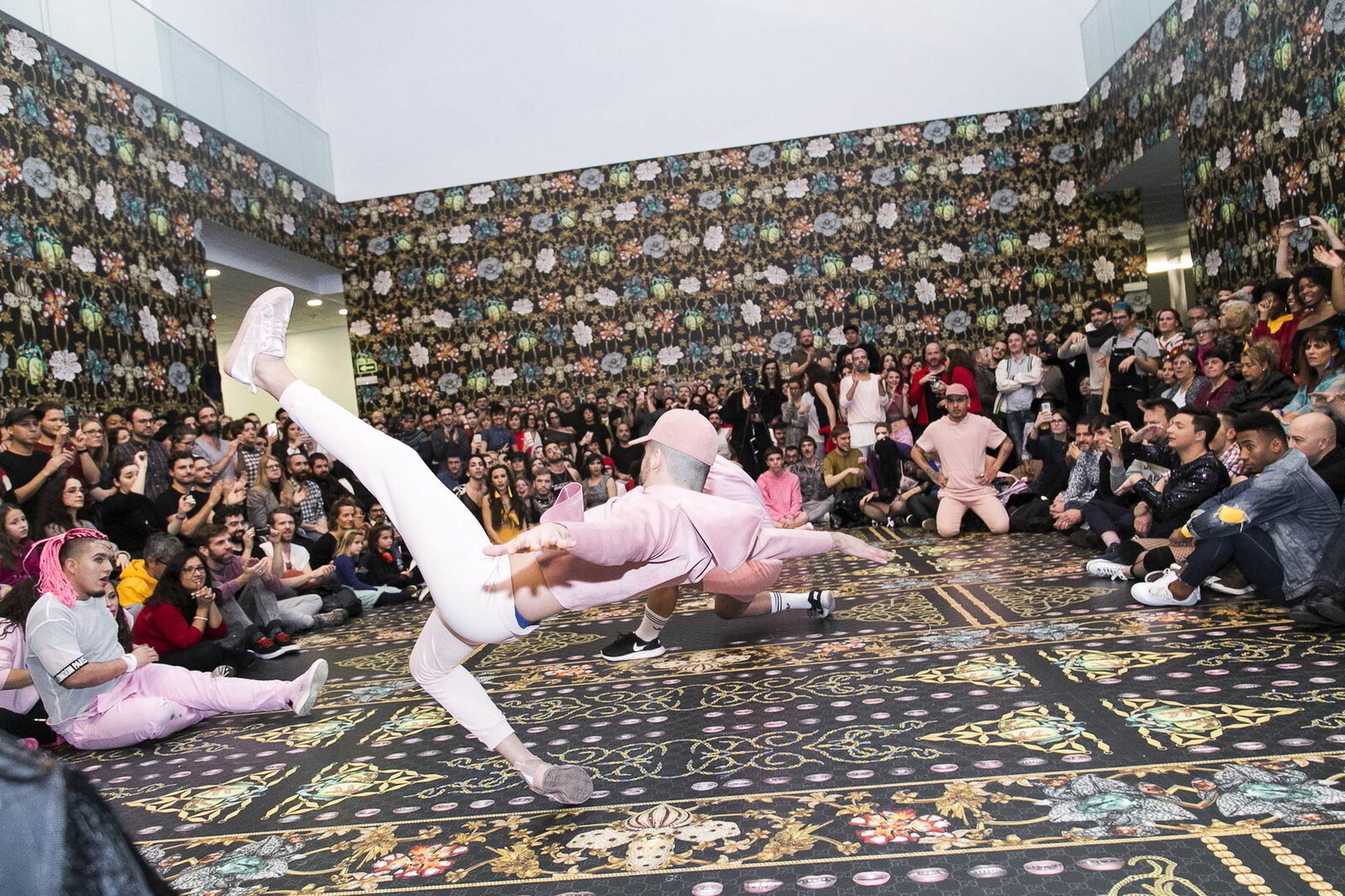
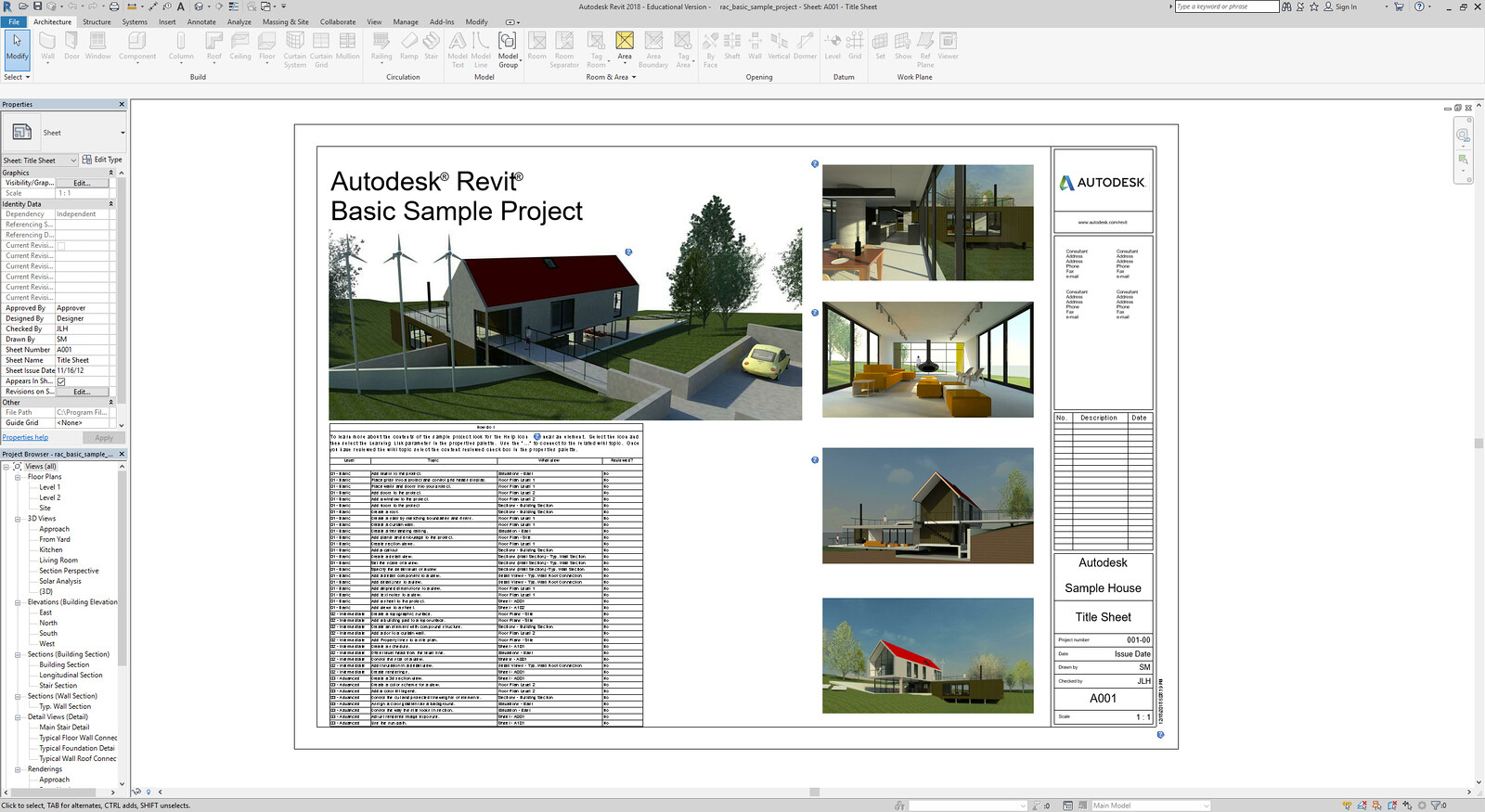

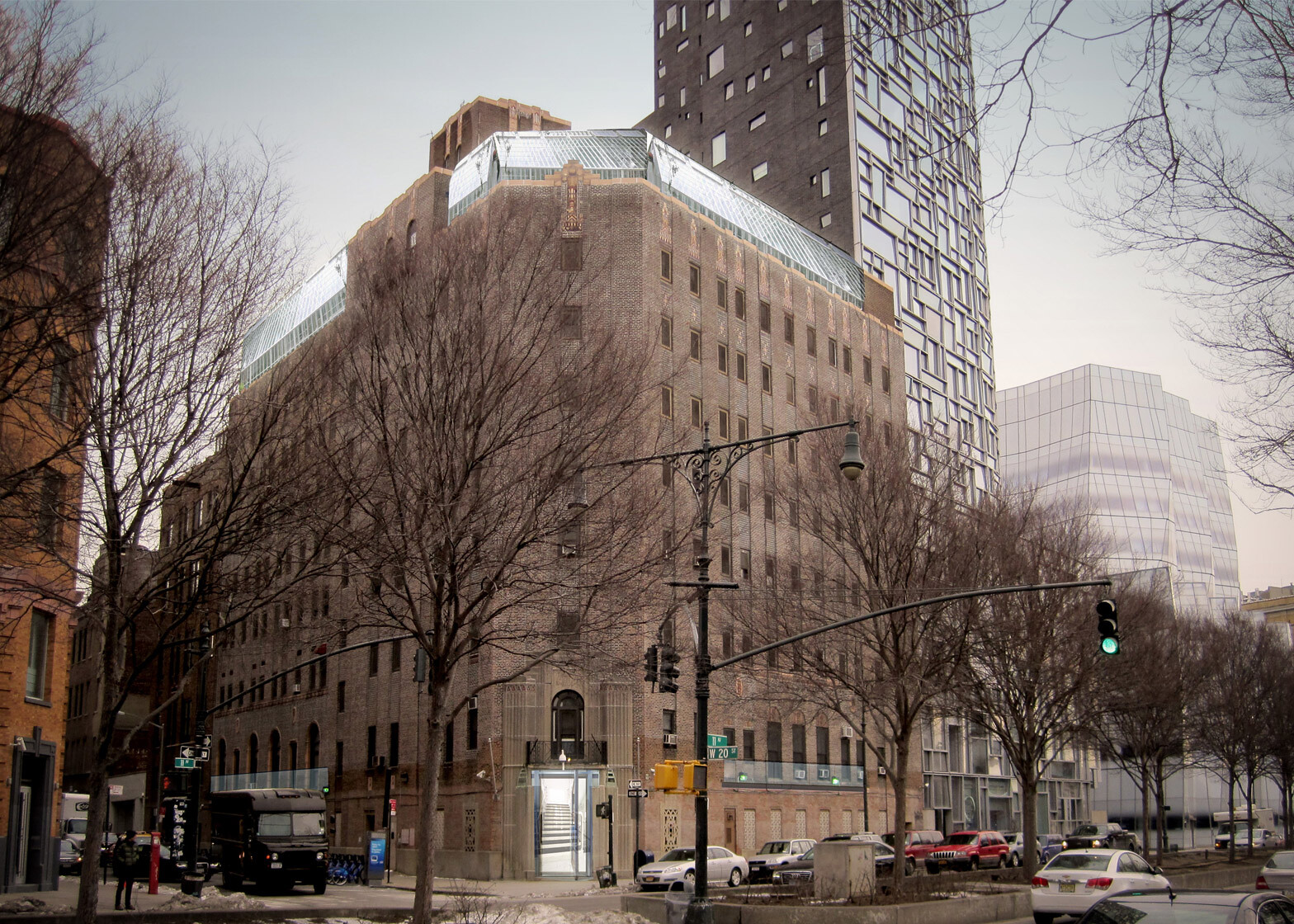

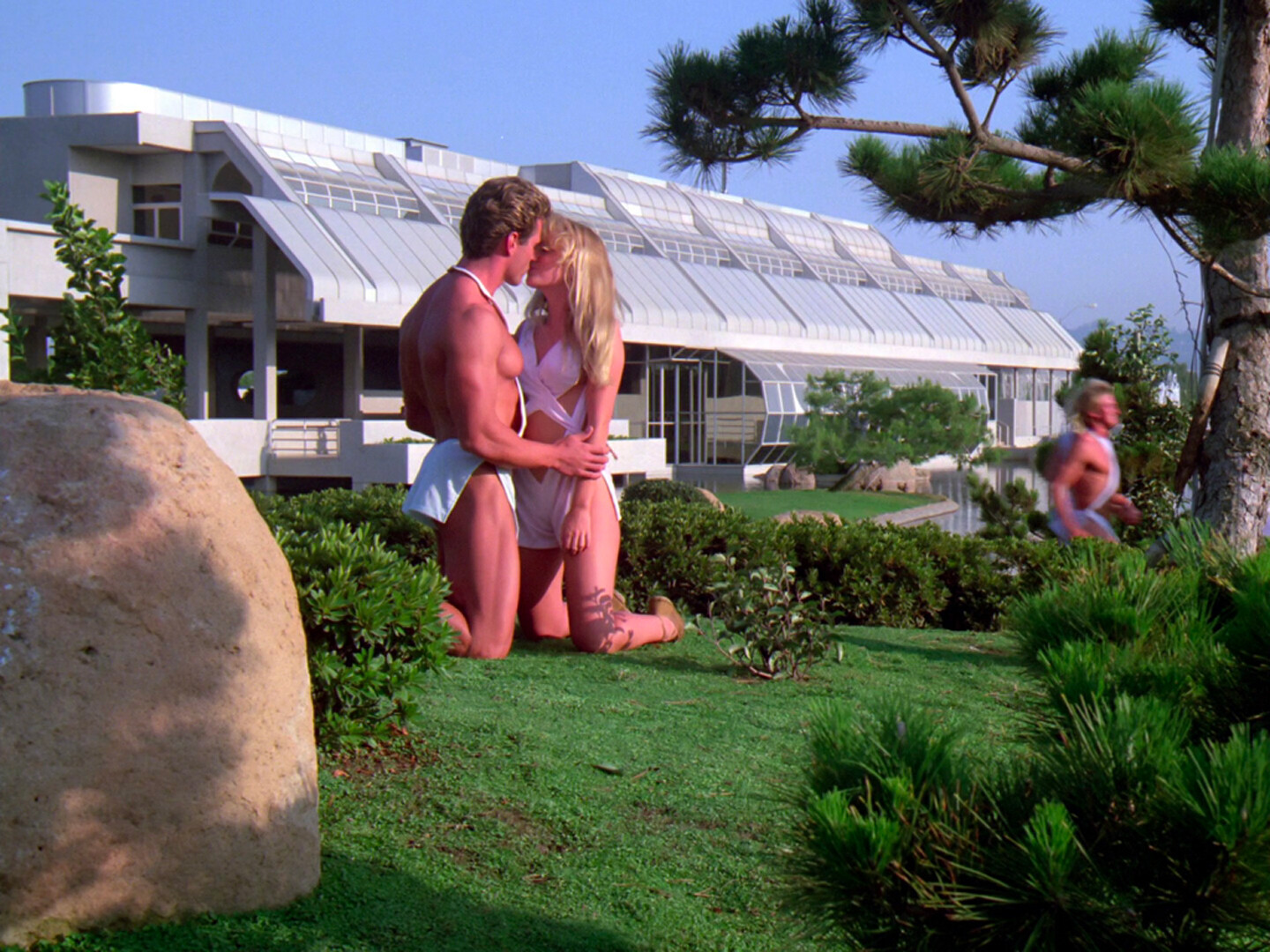
,-2003,-srgb.jpg,1600)
